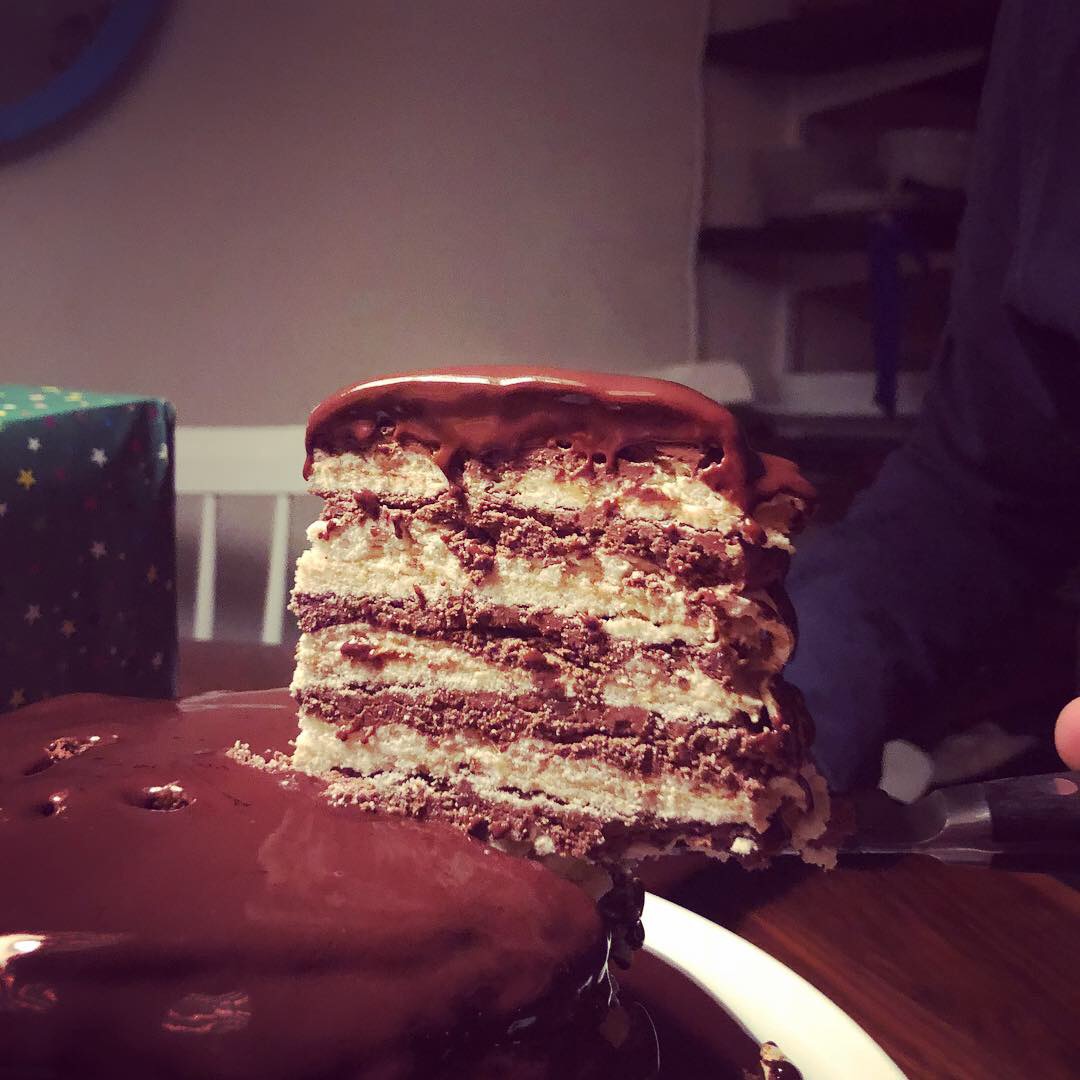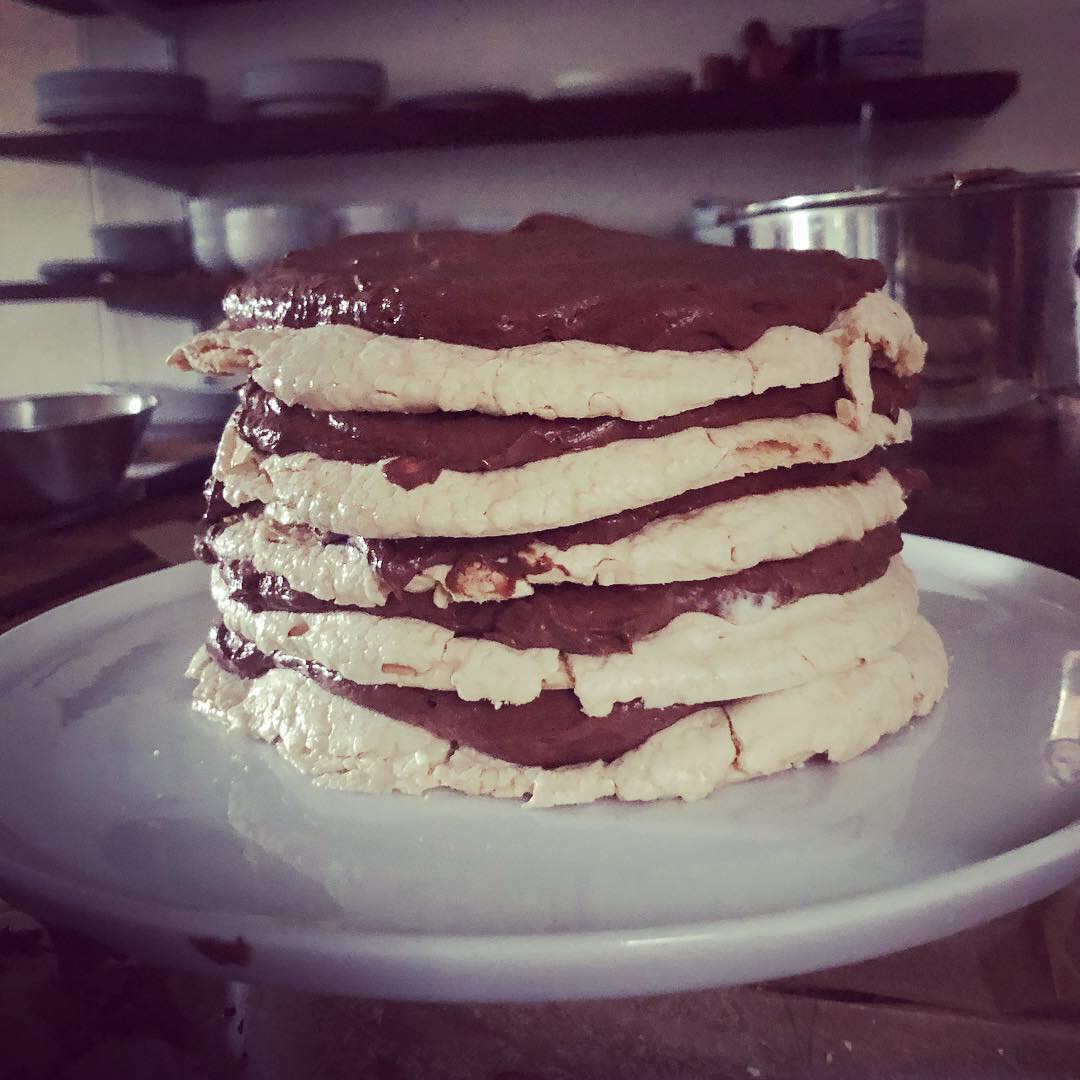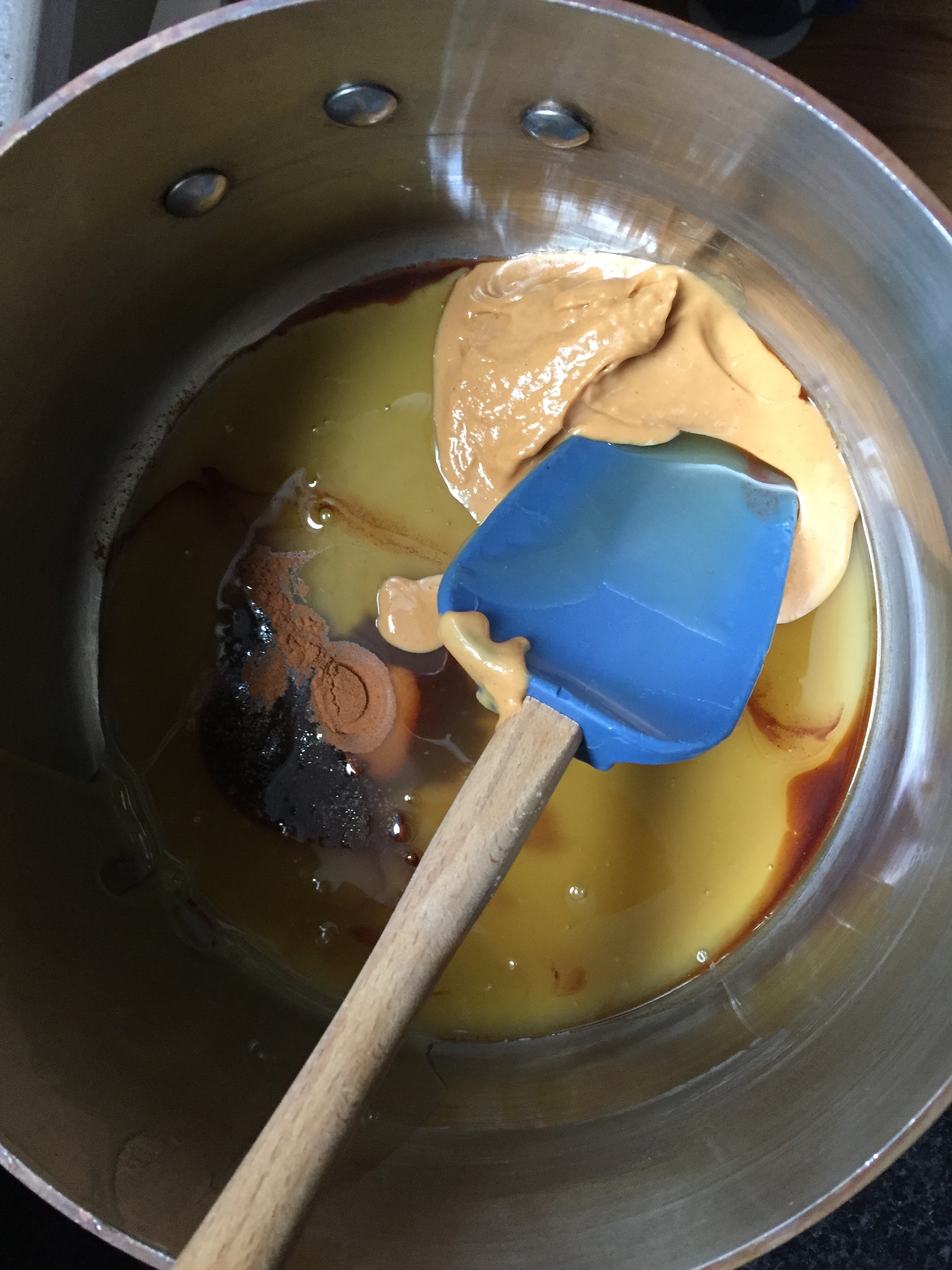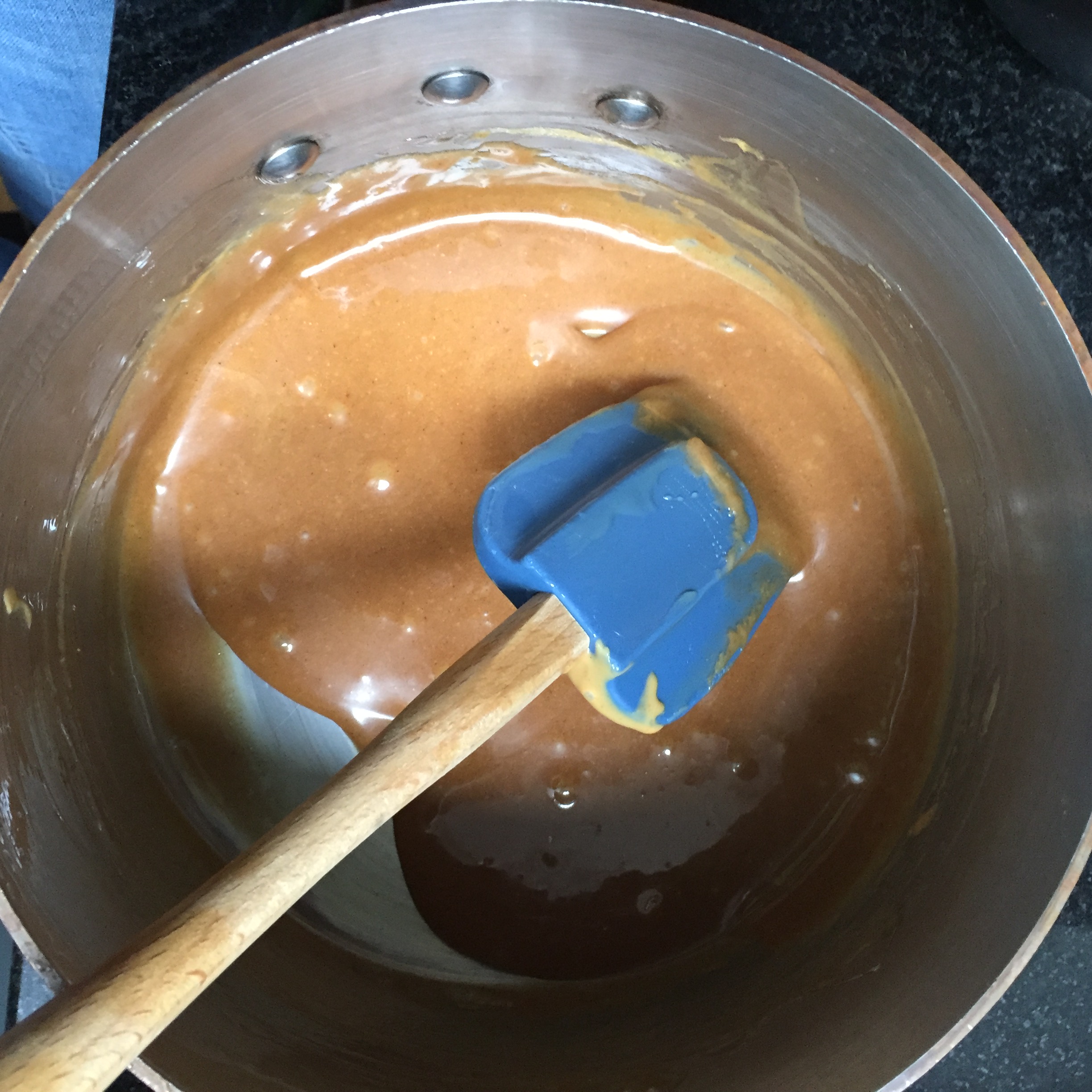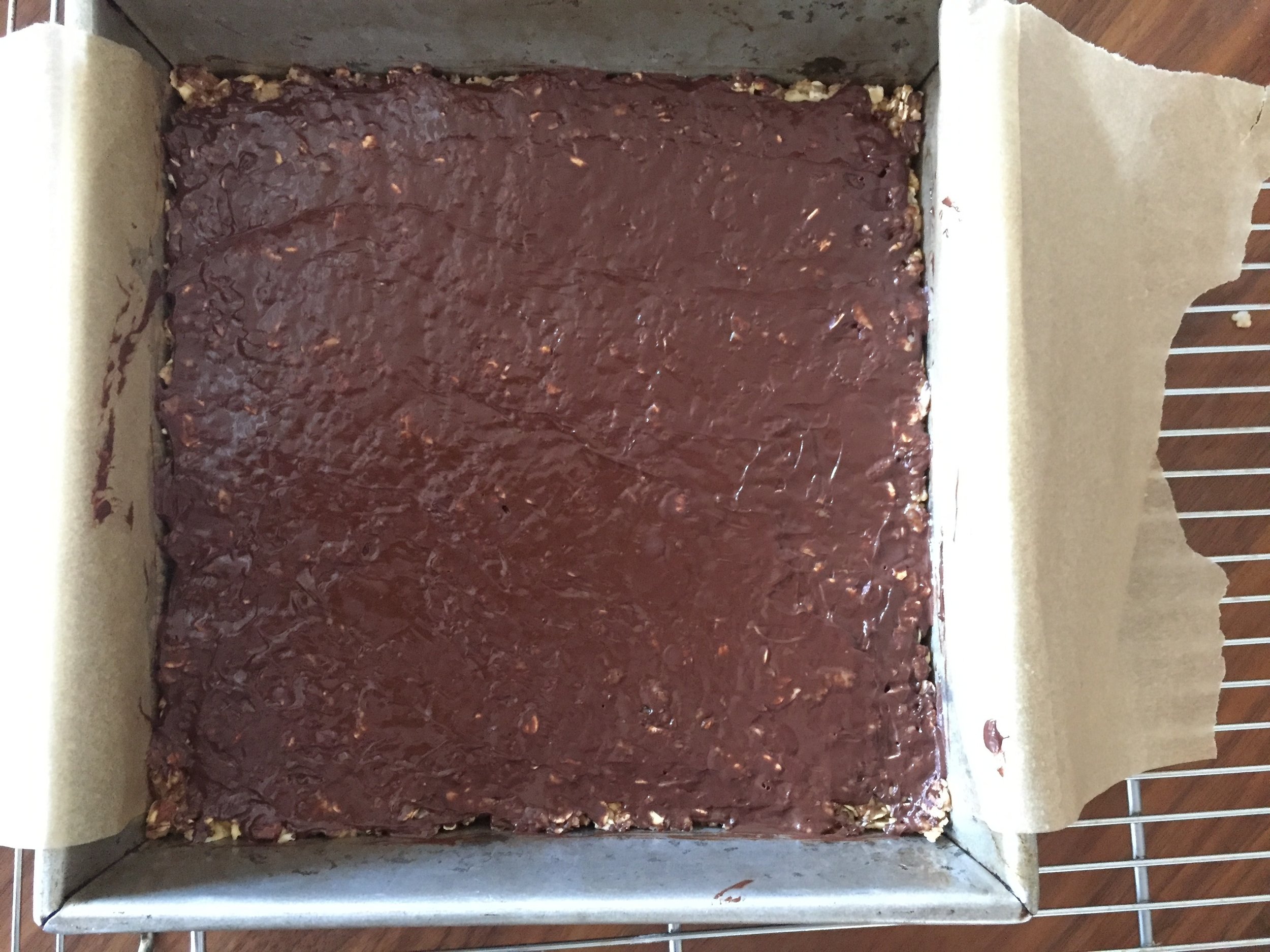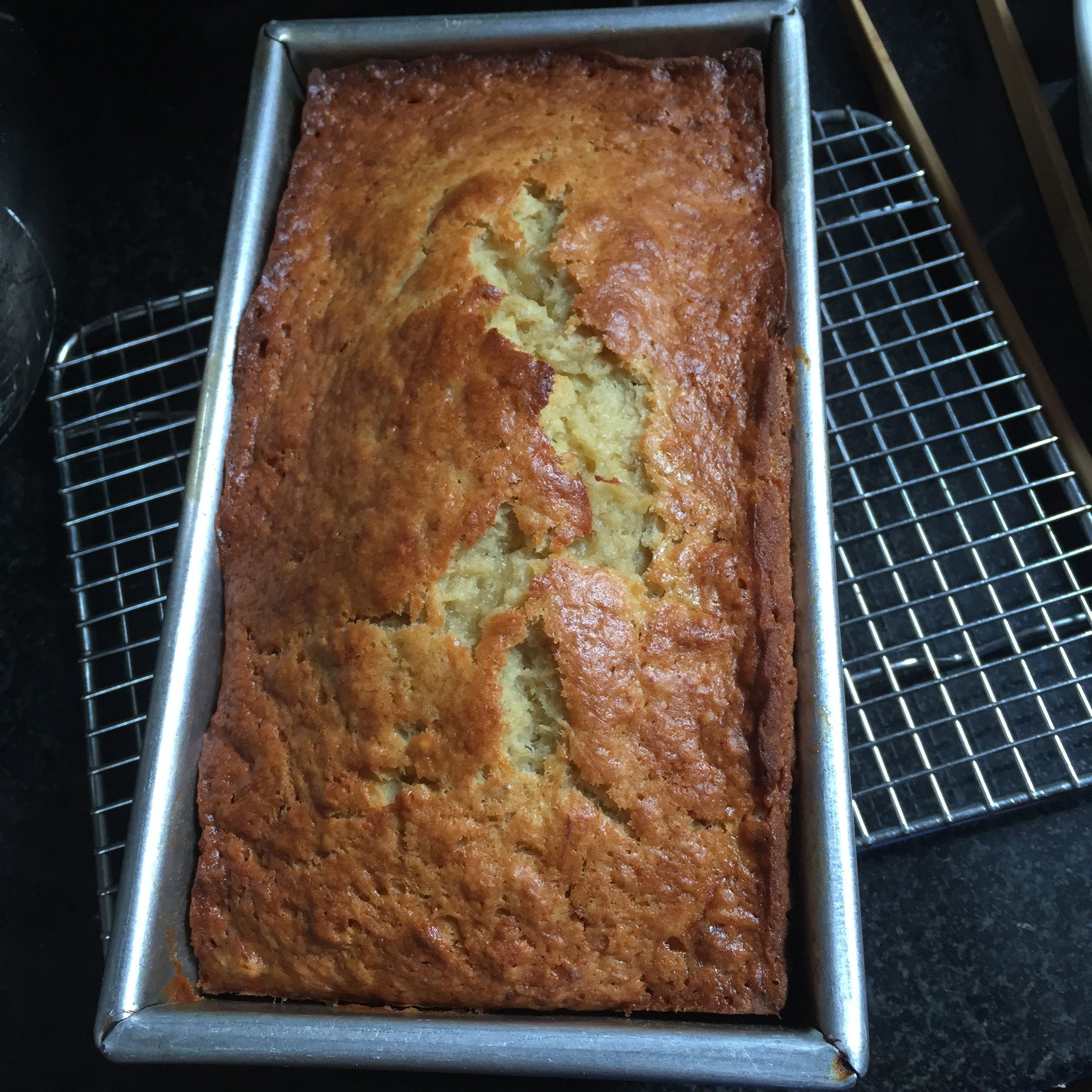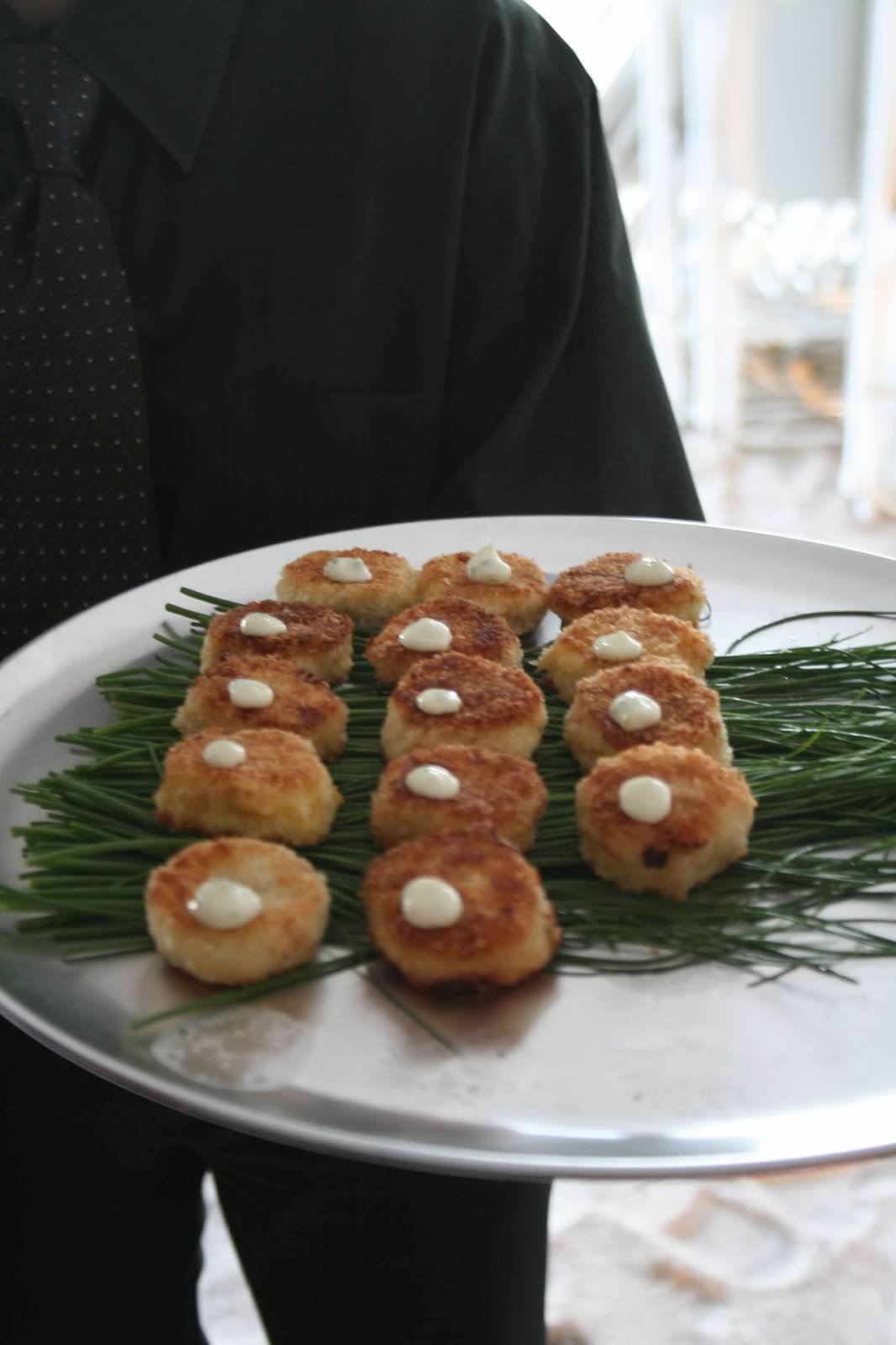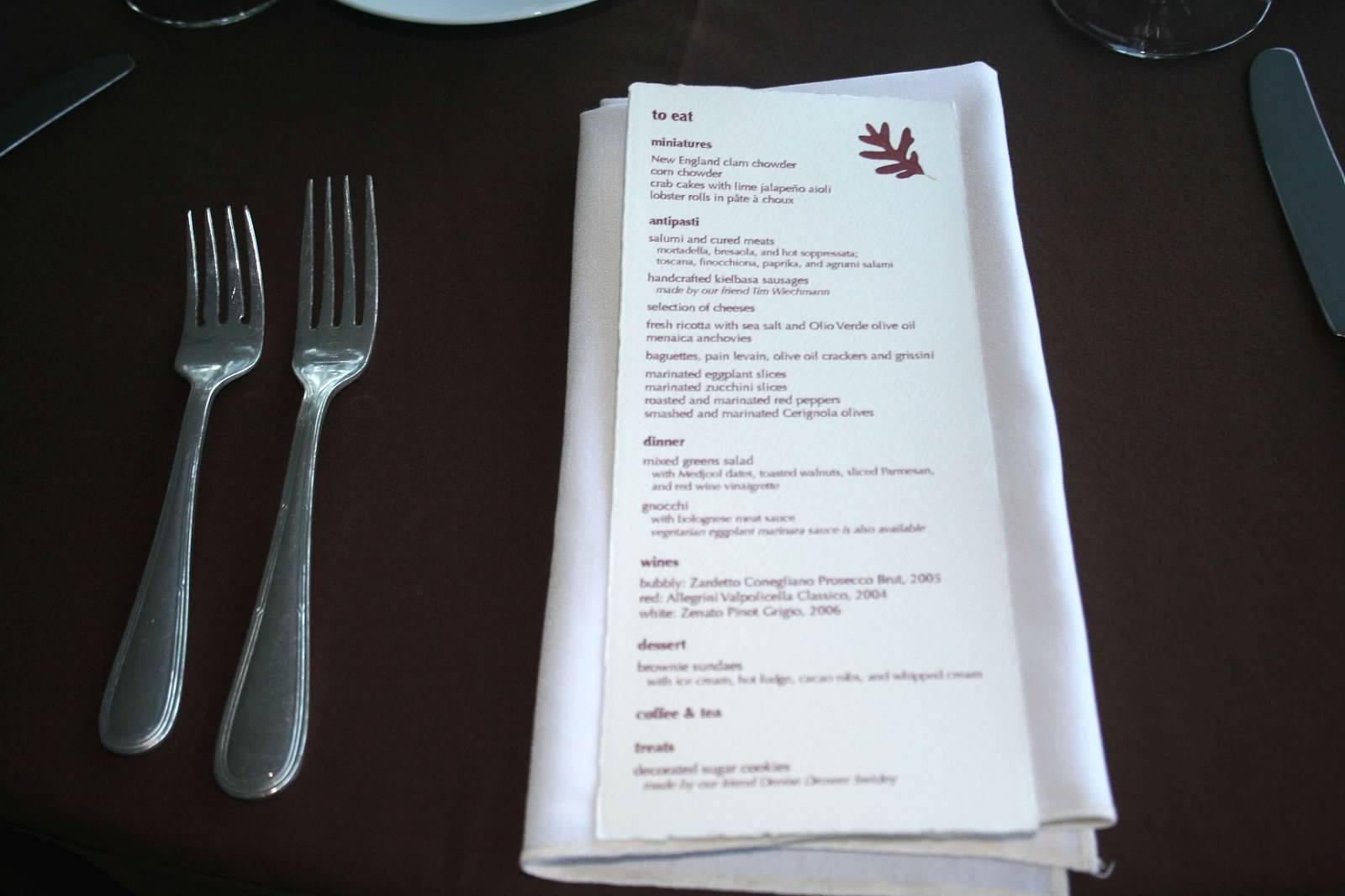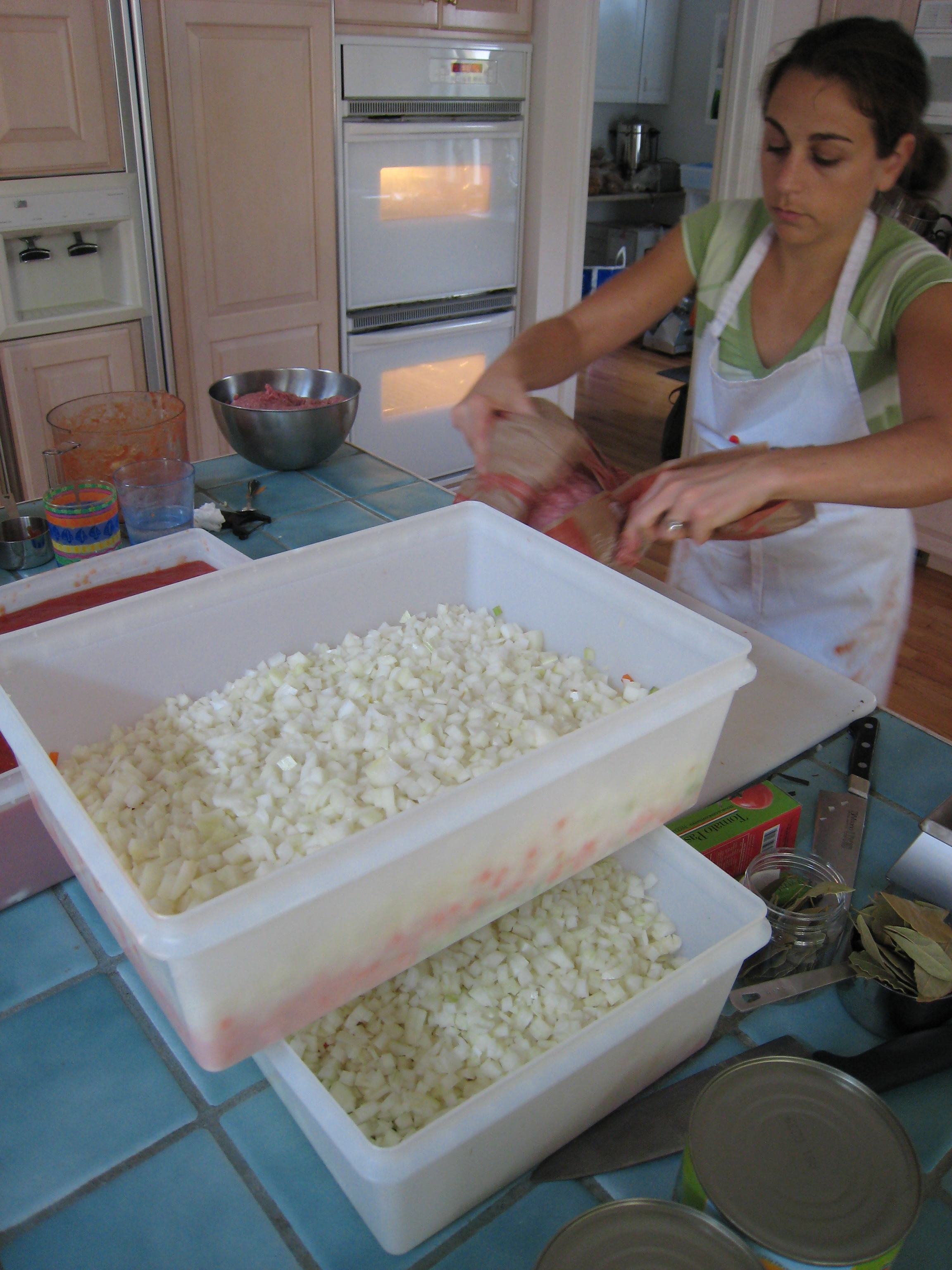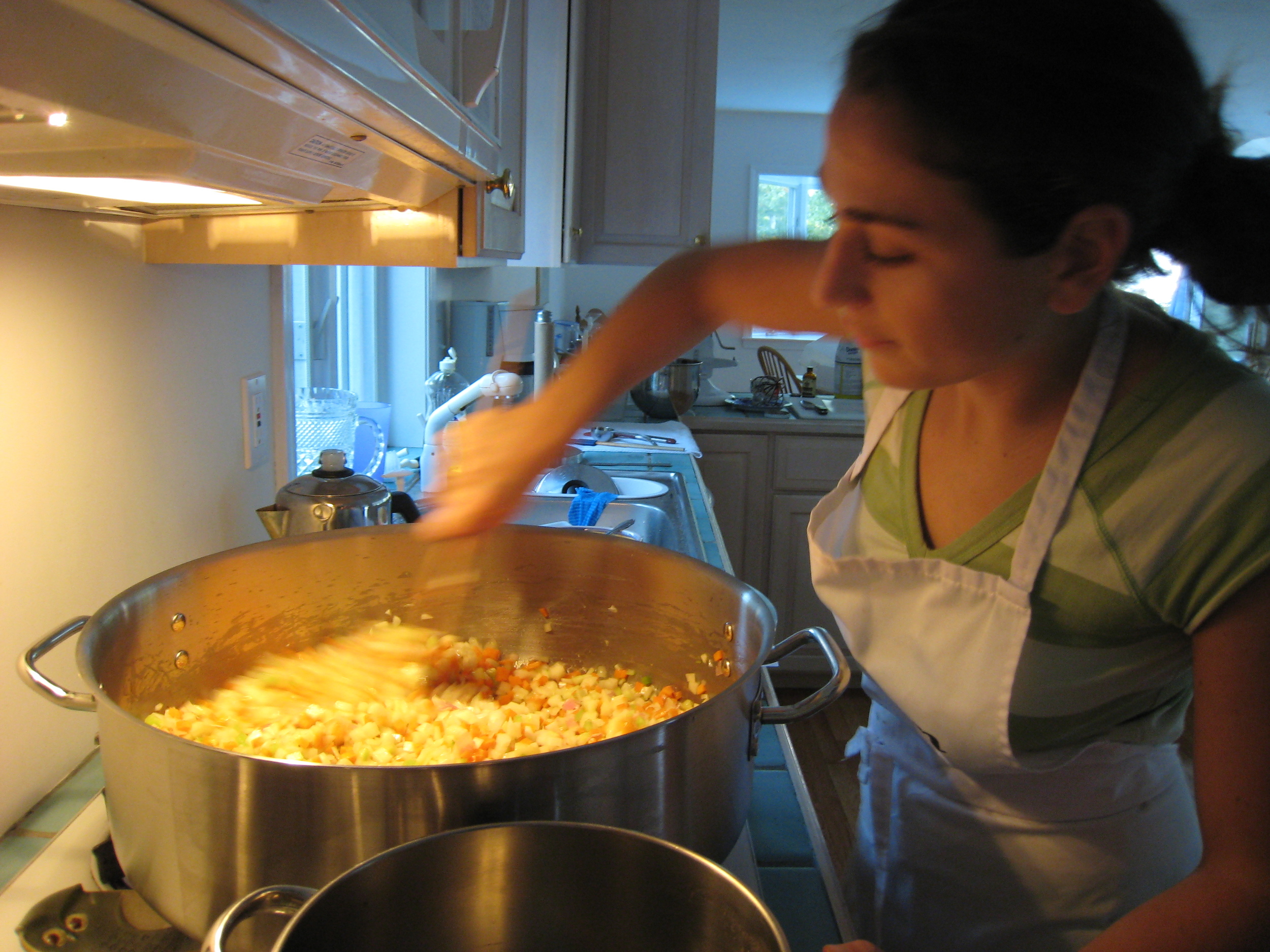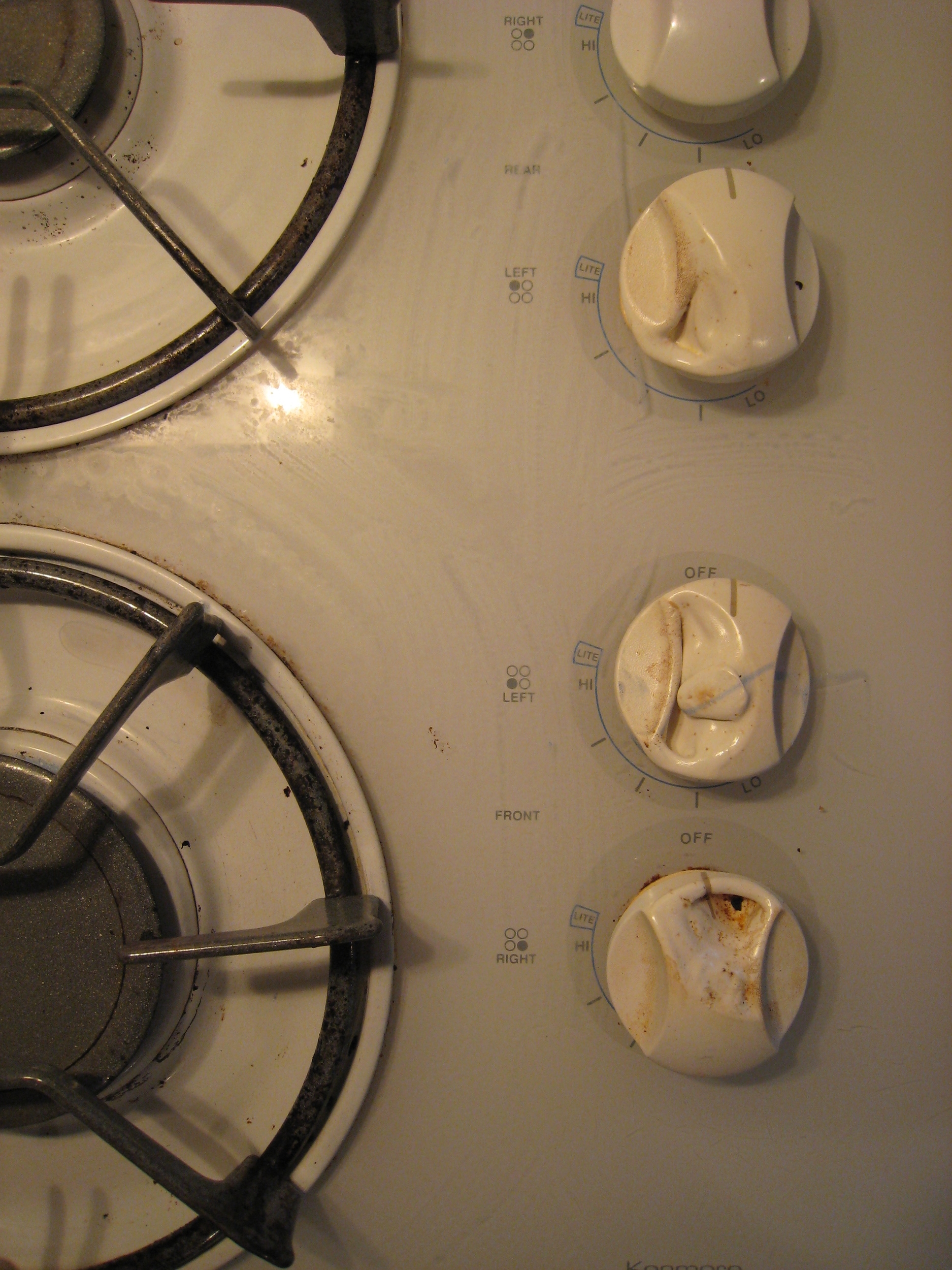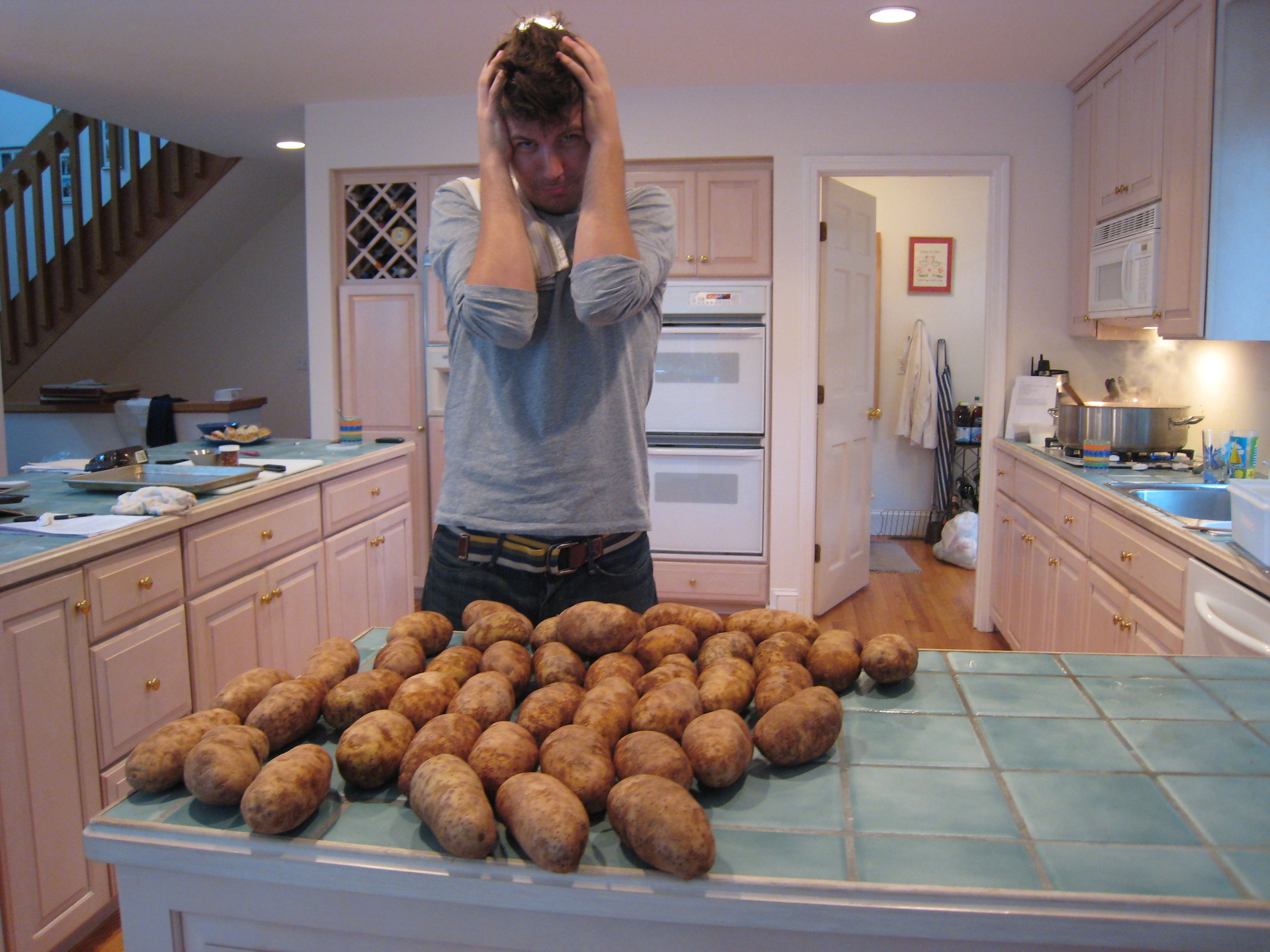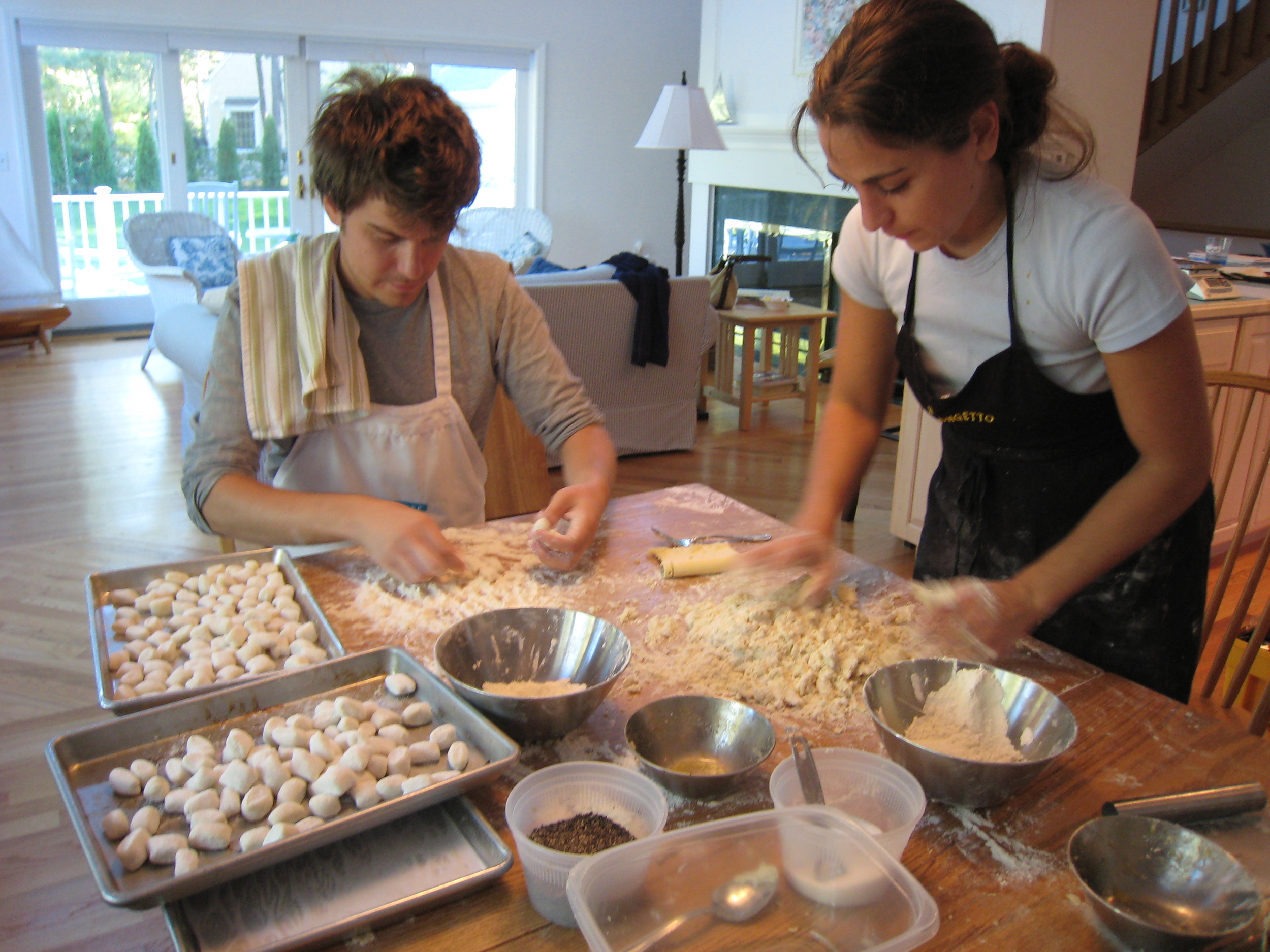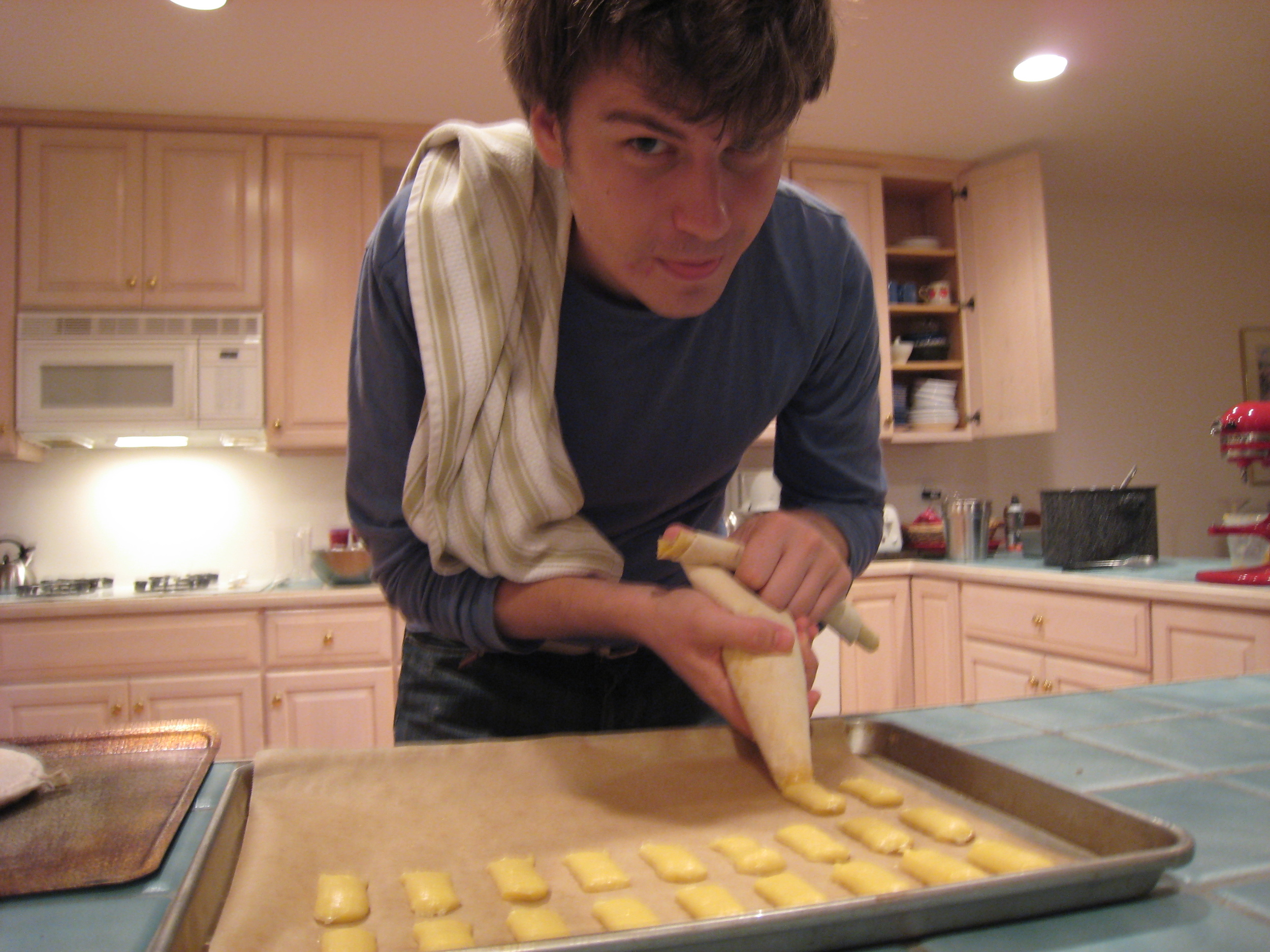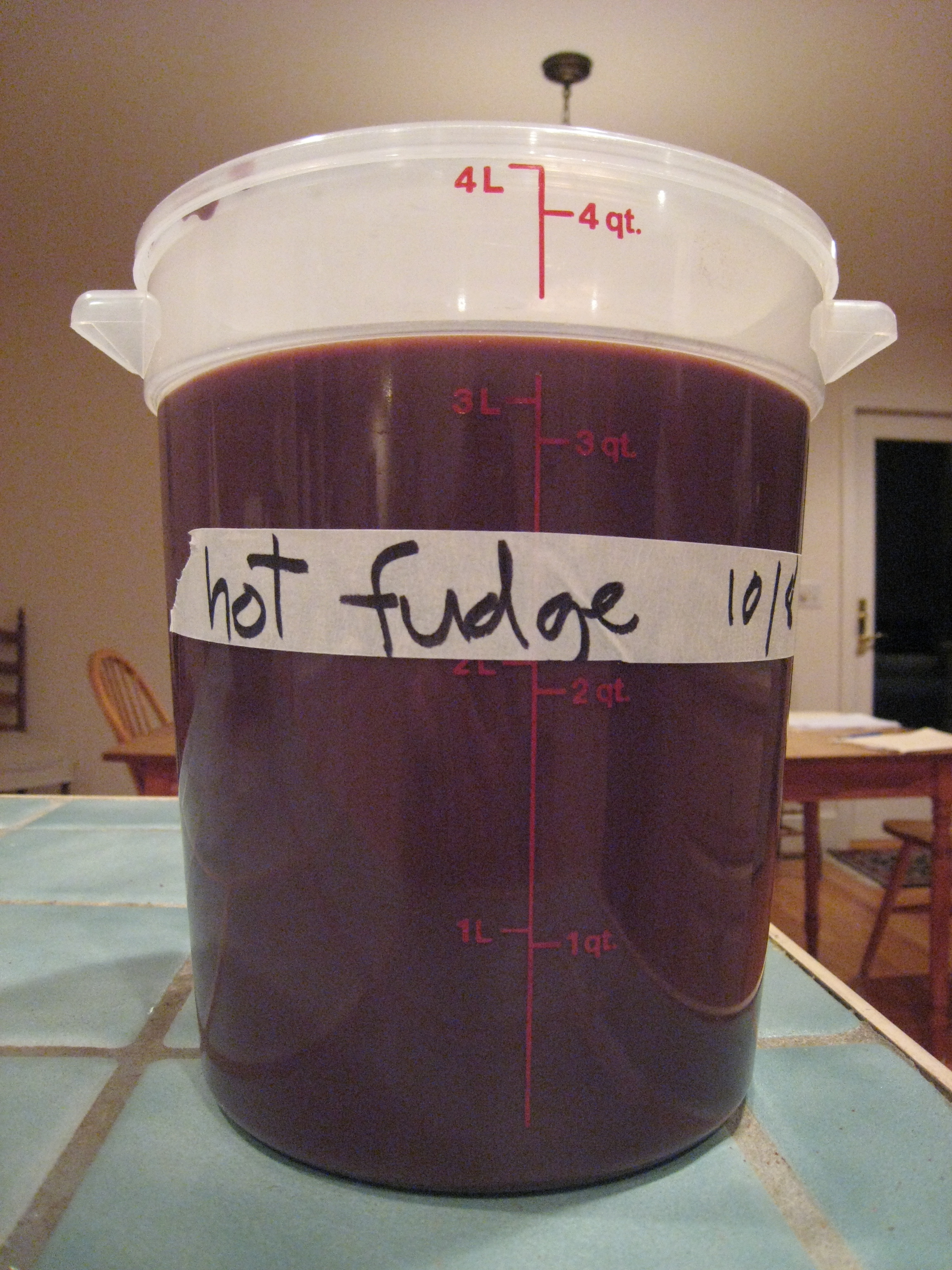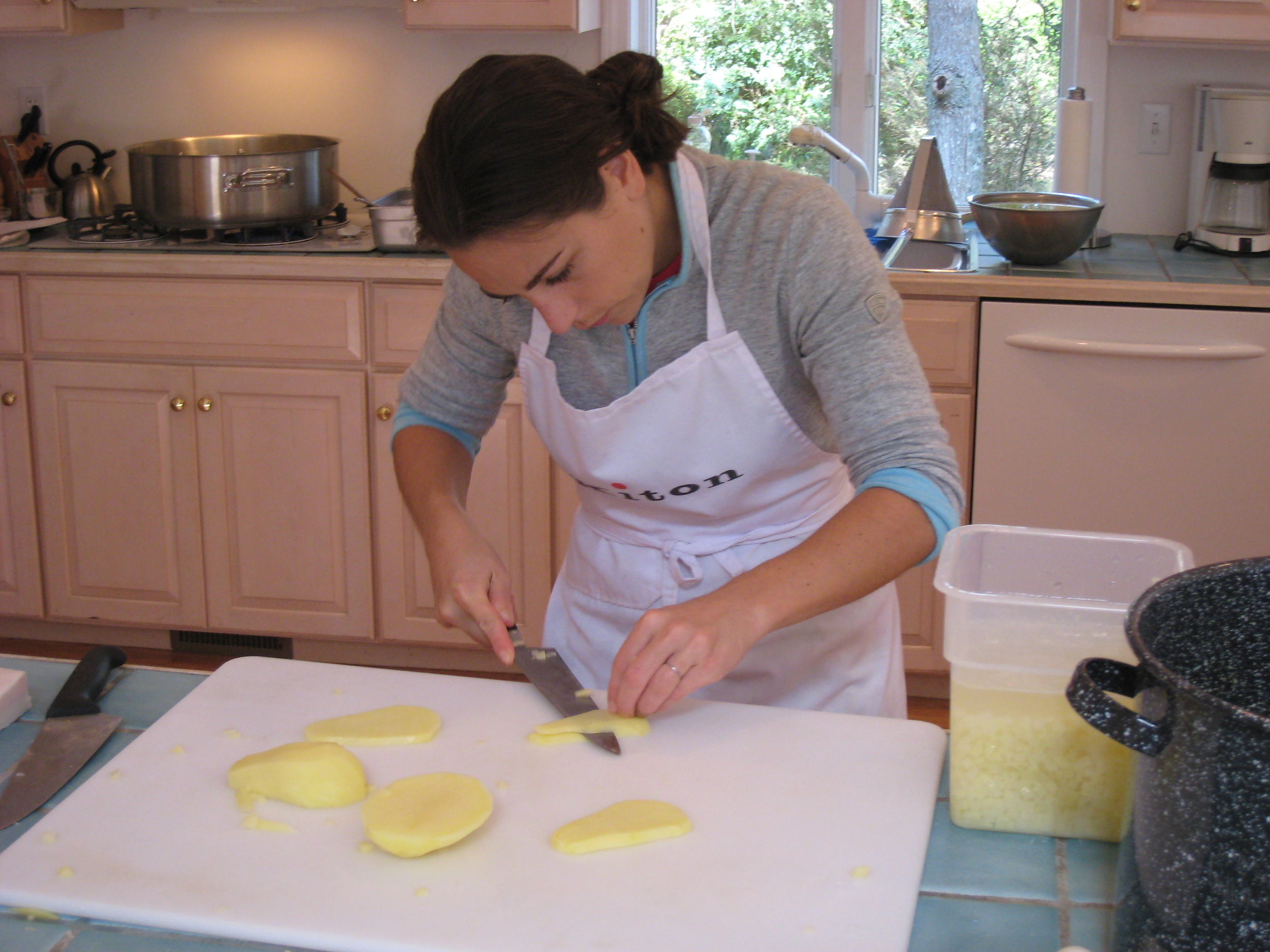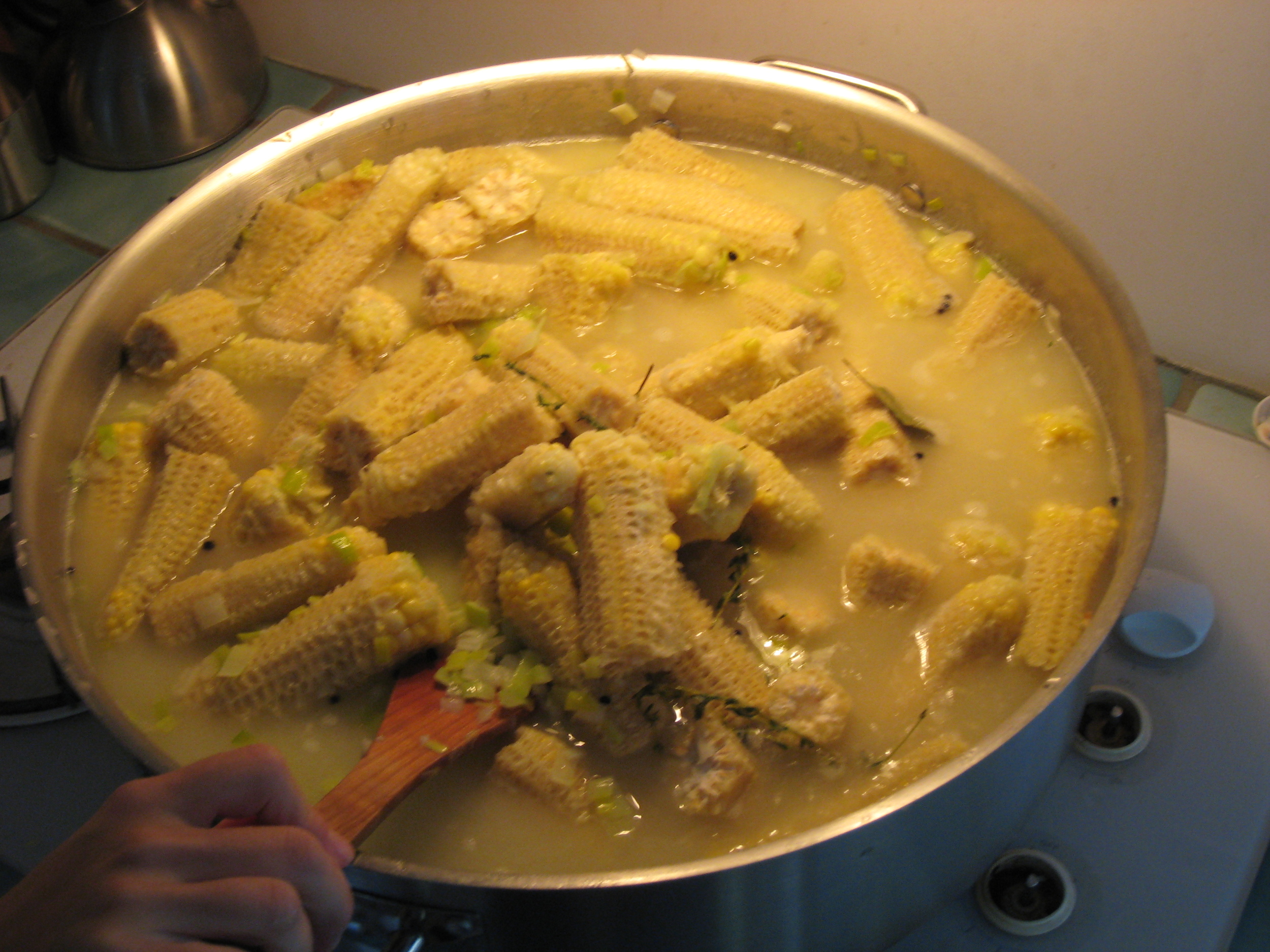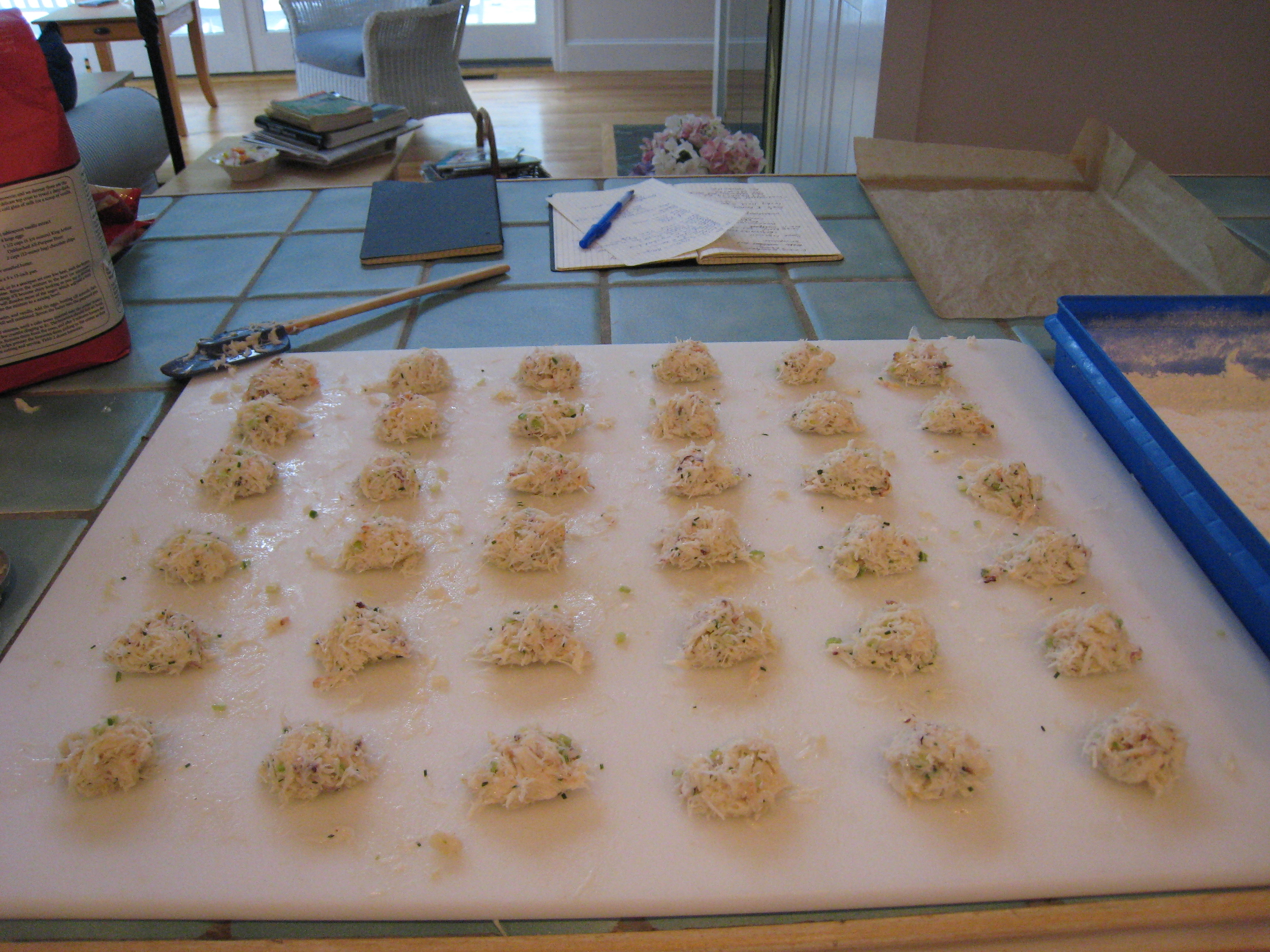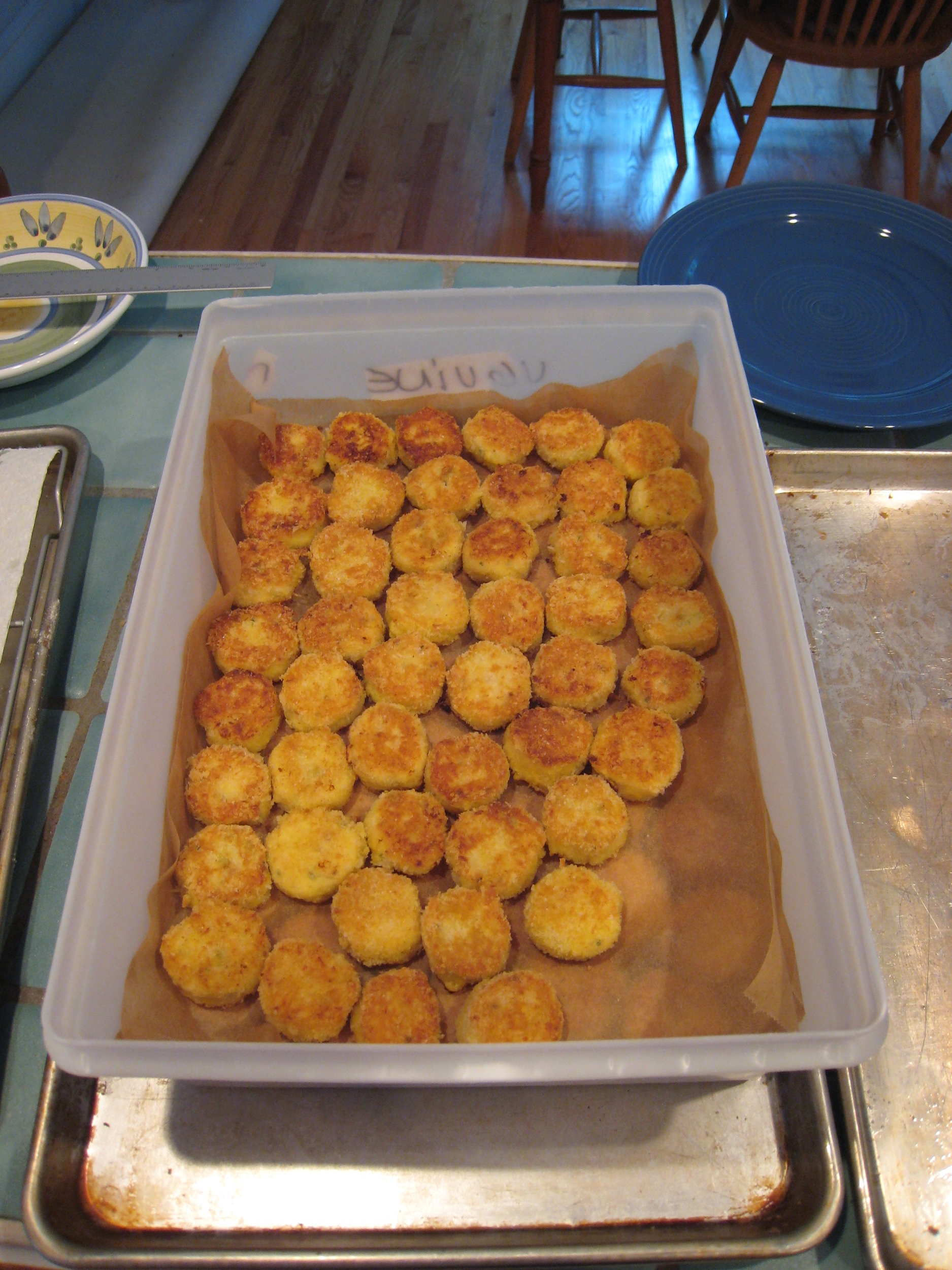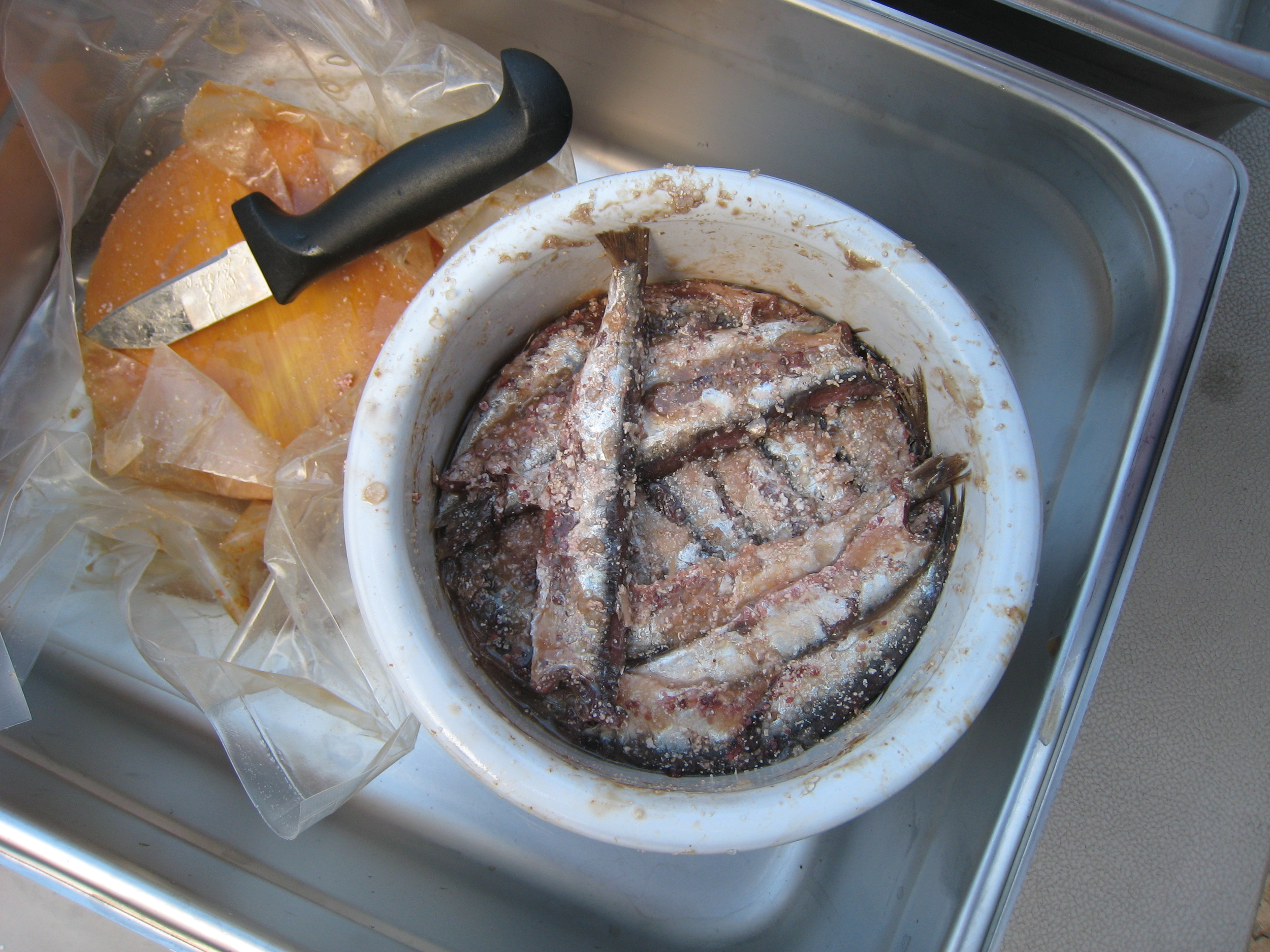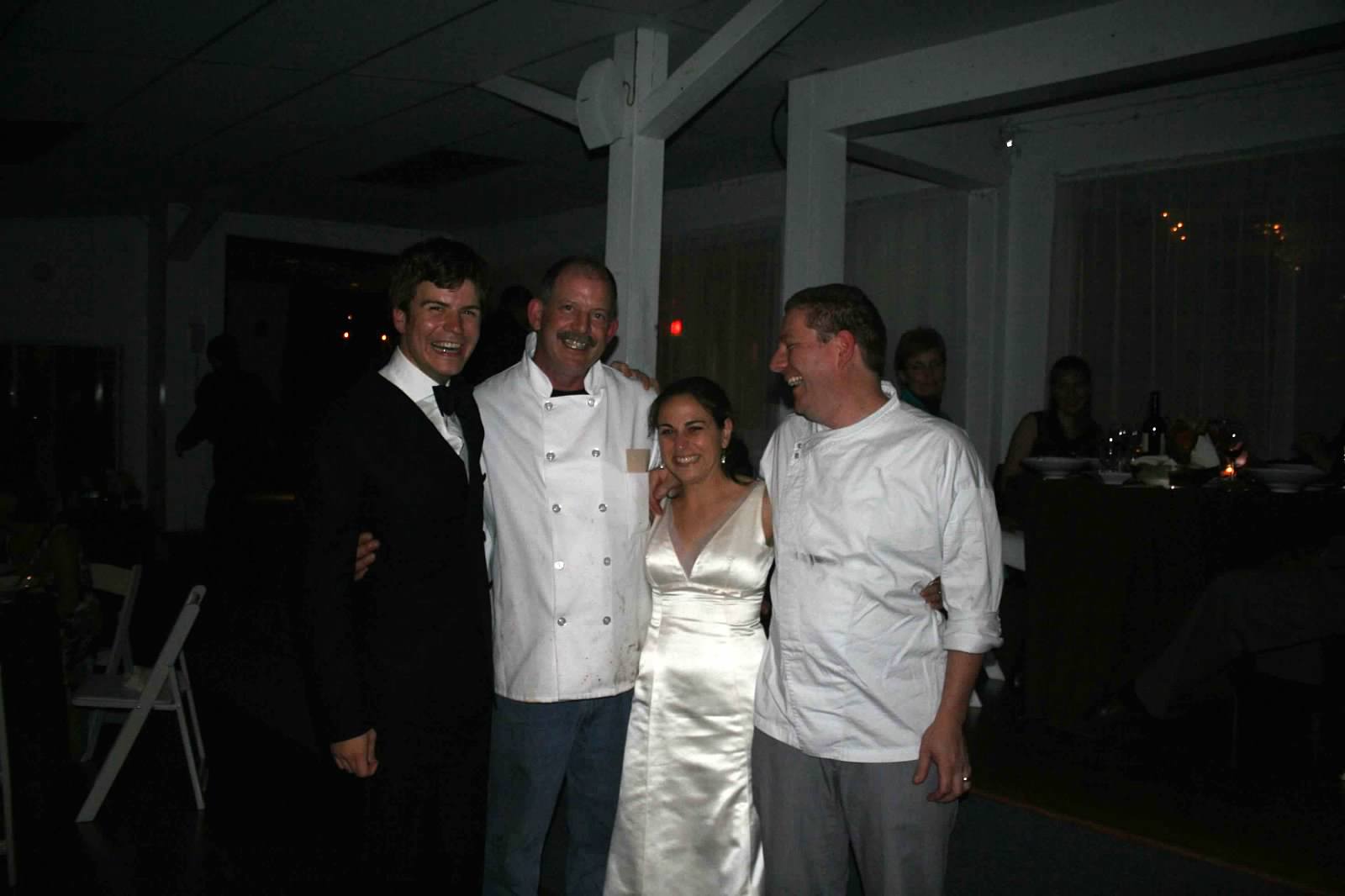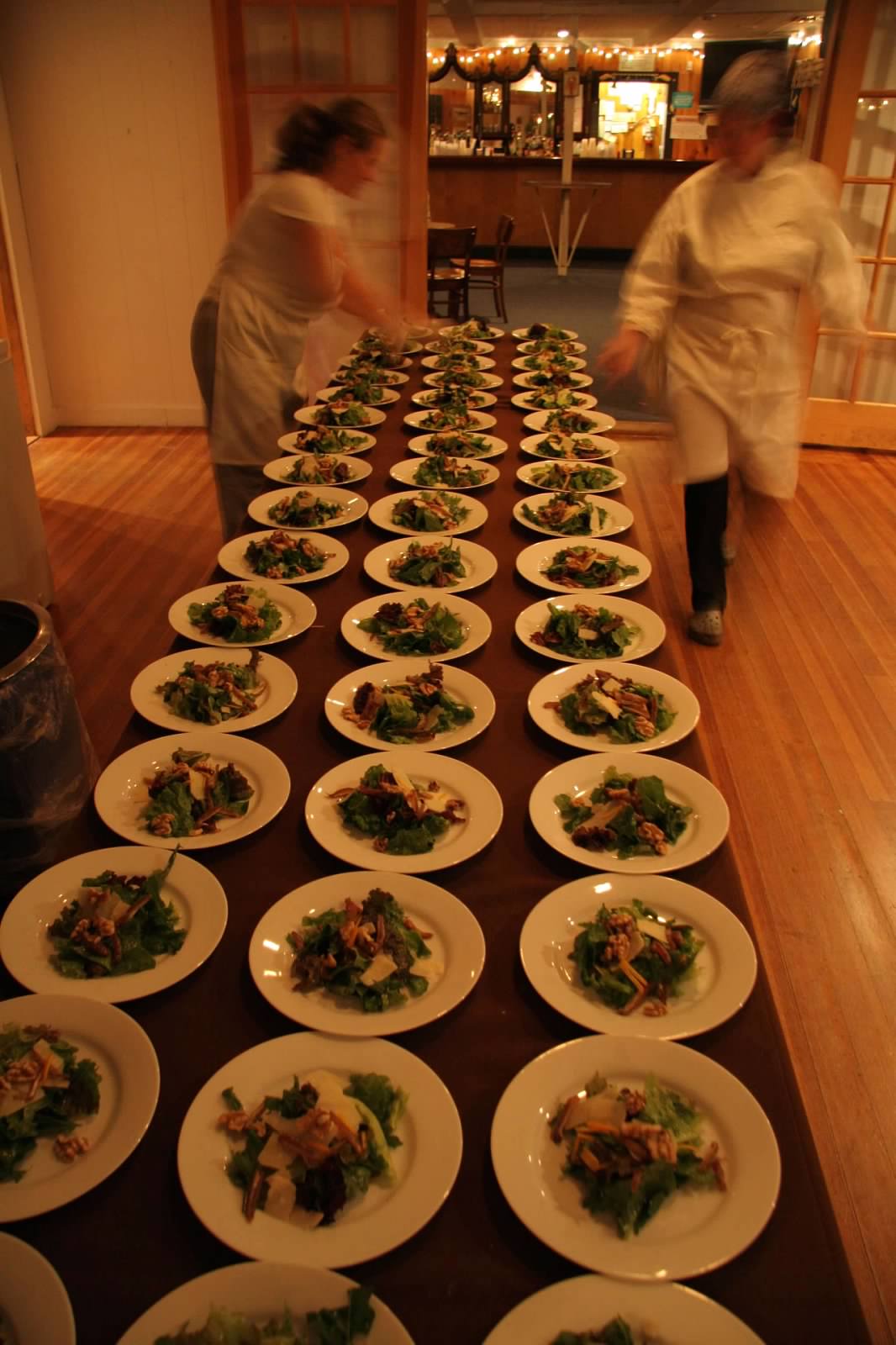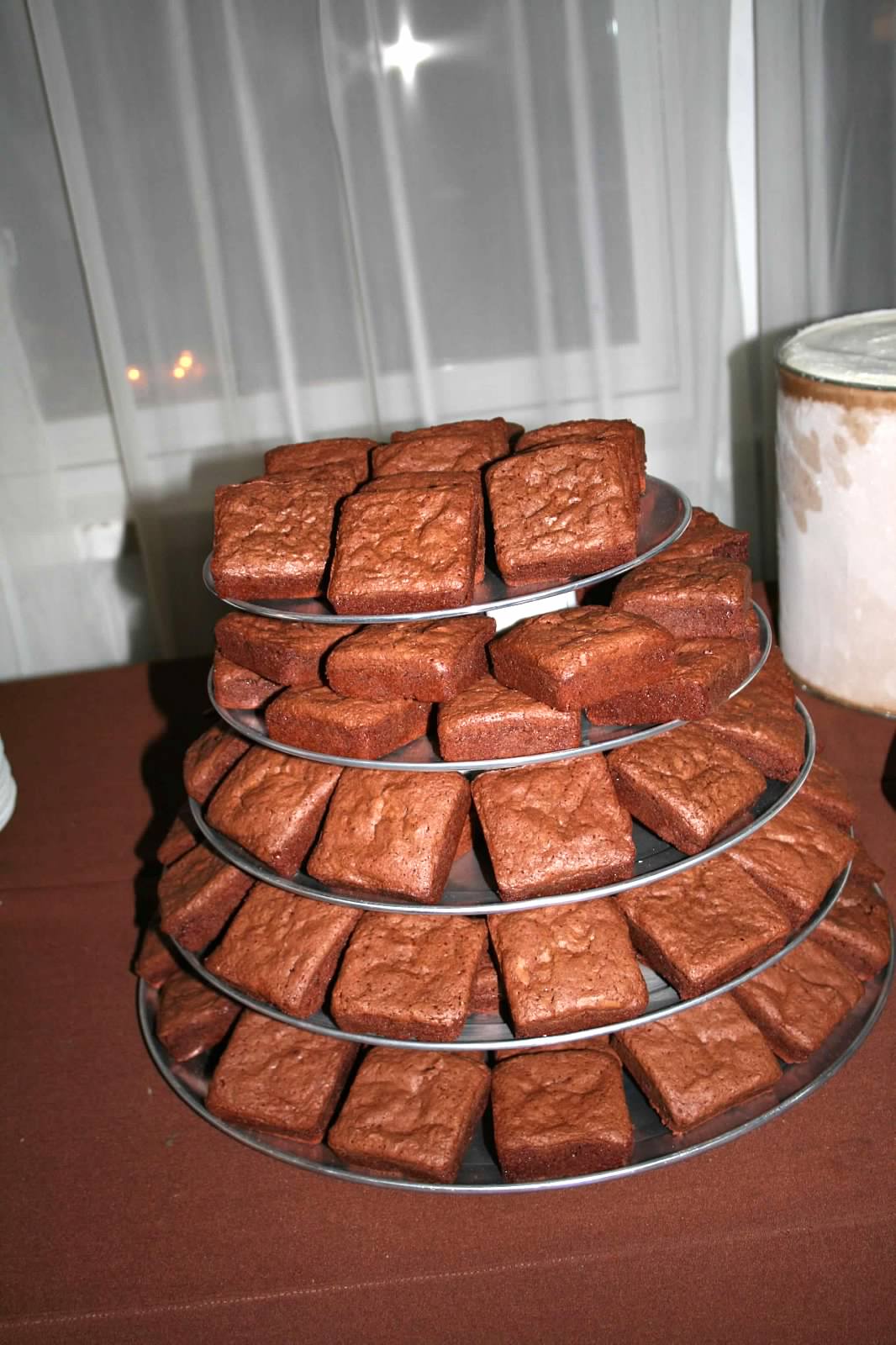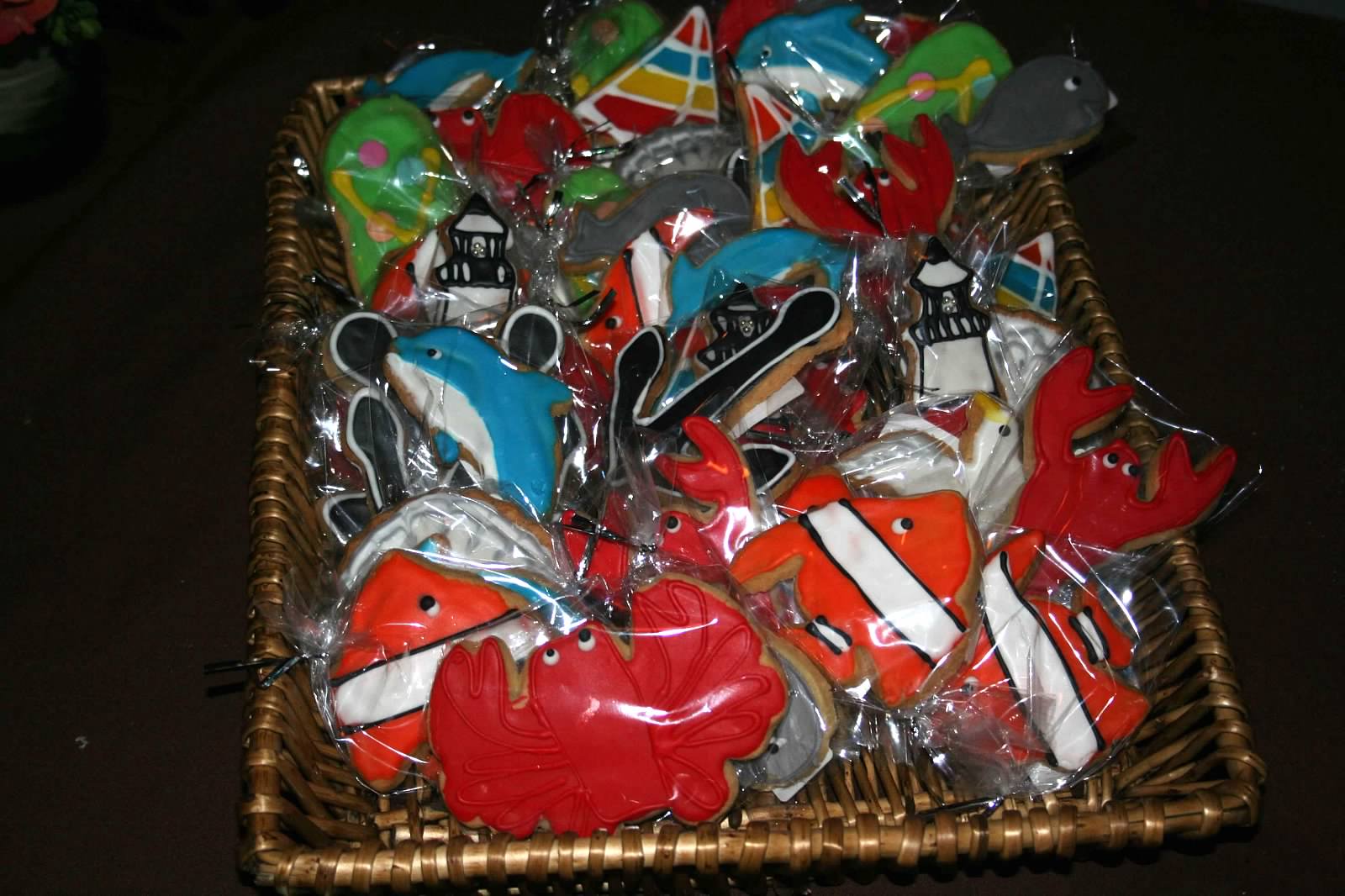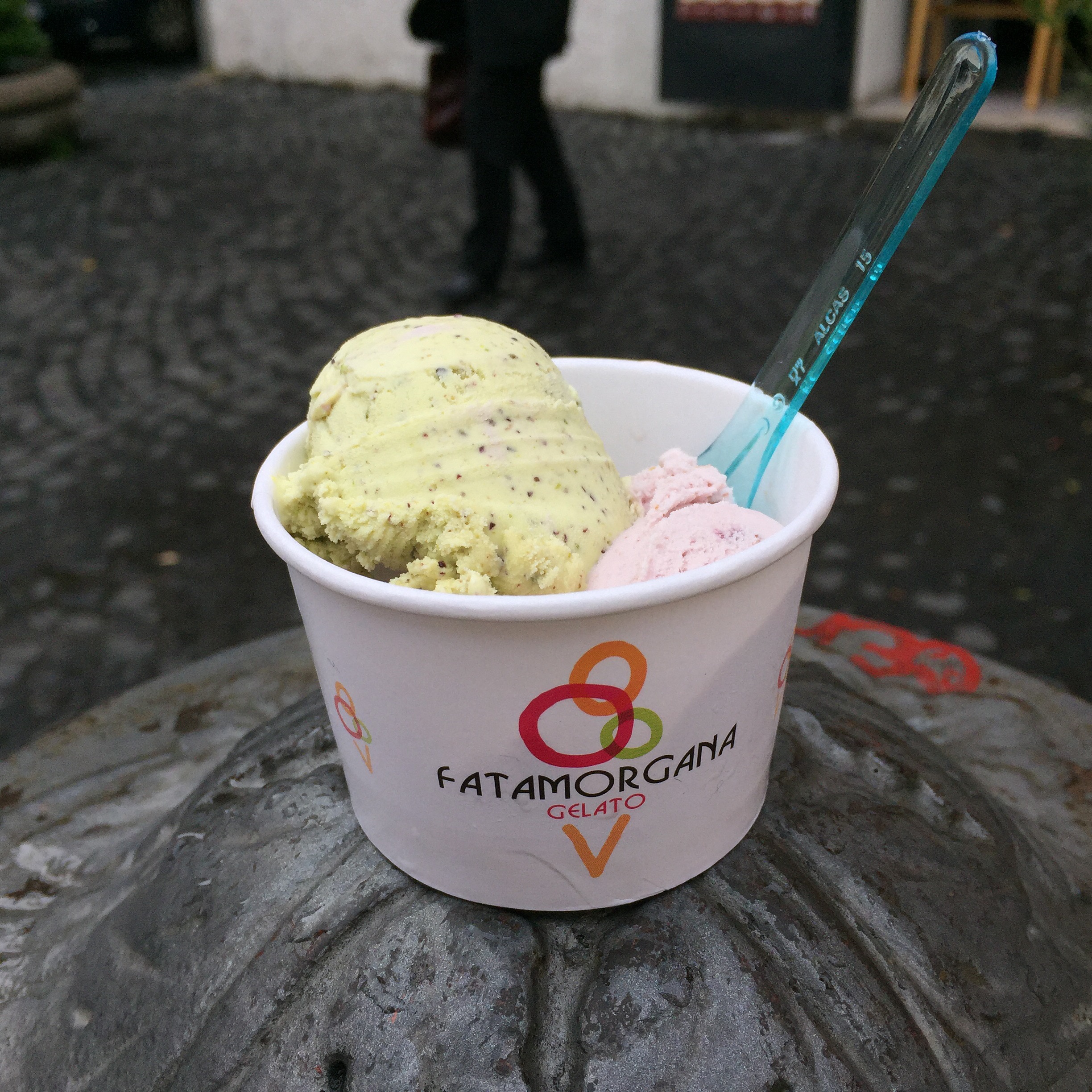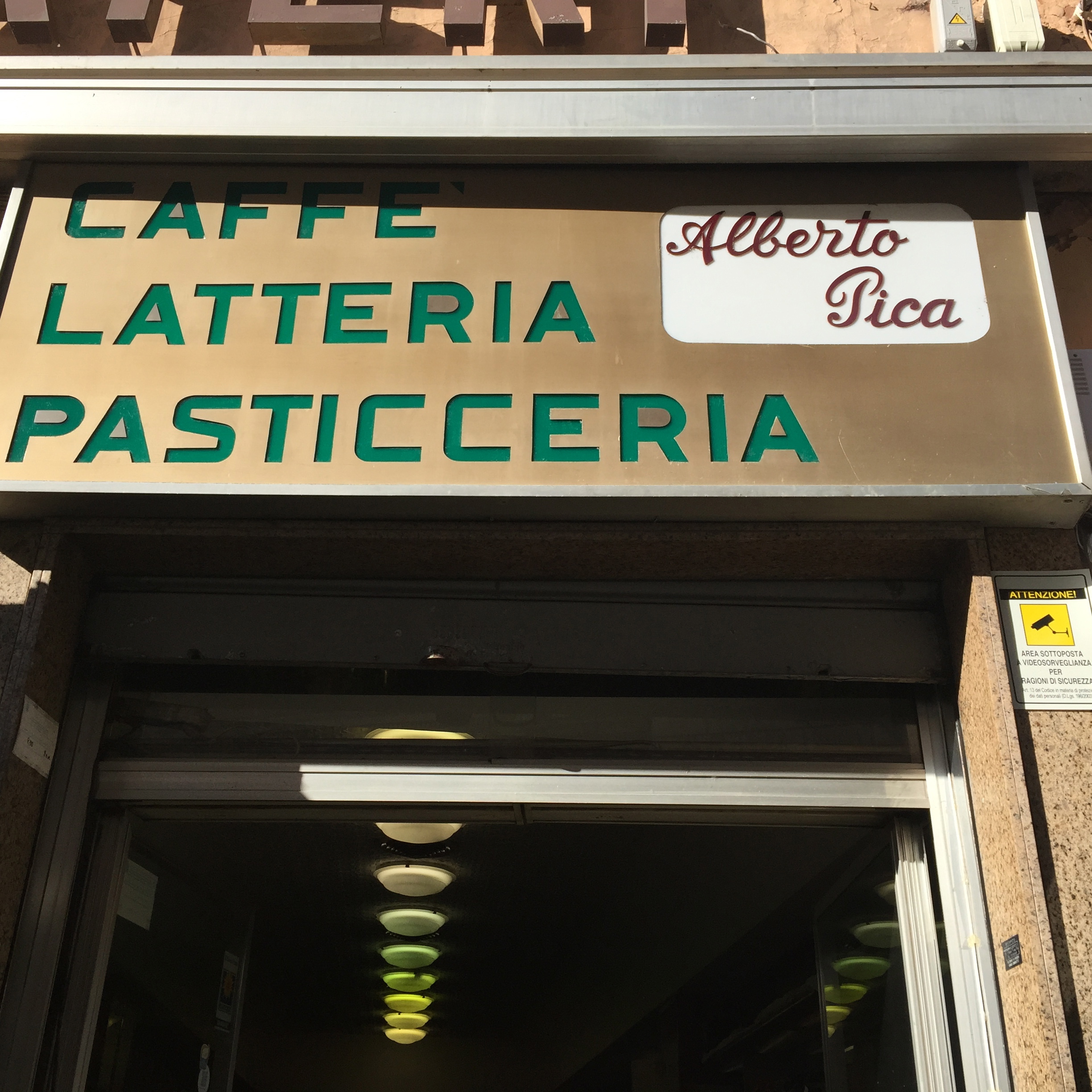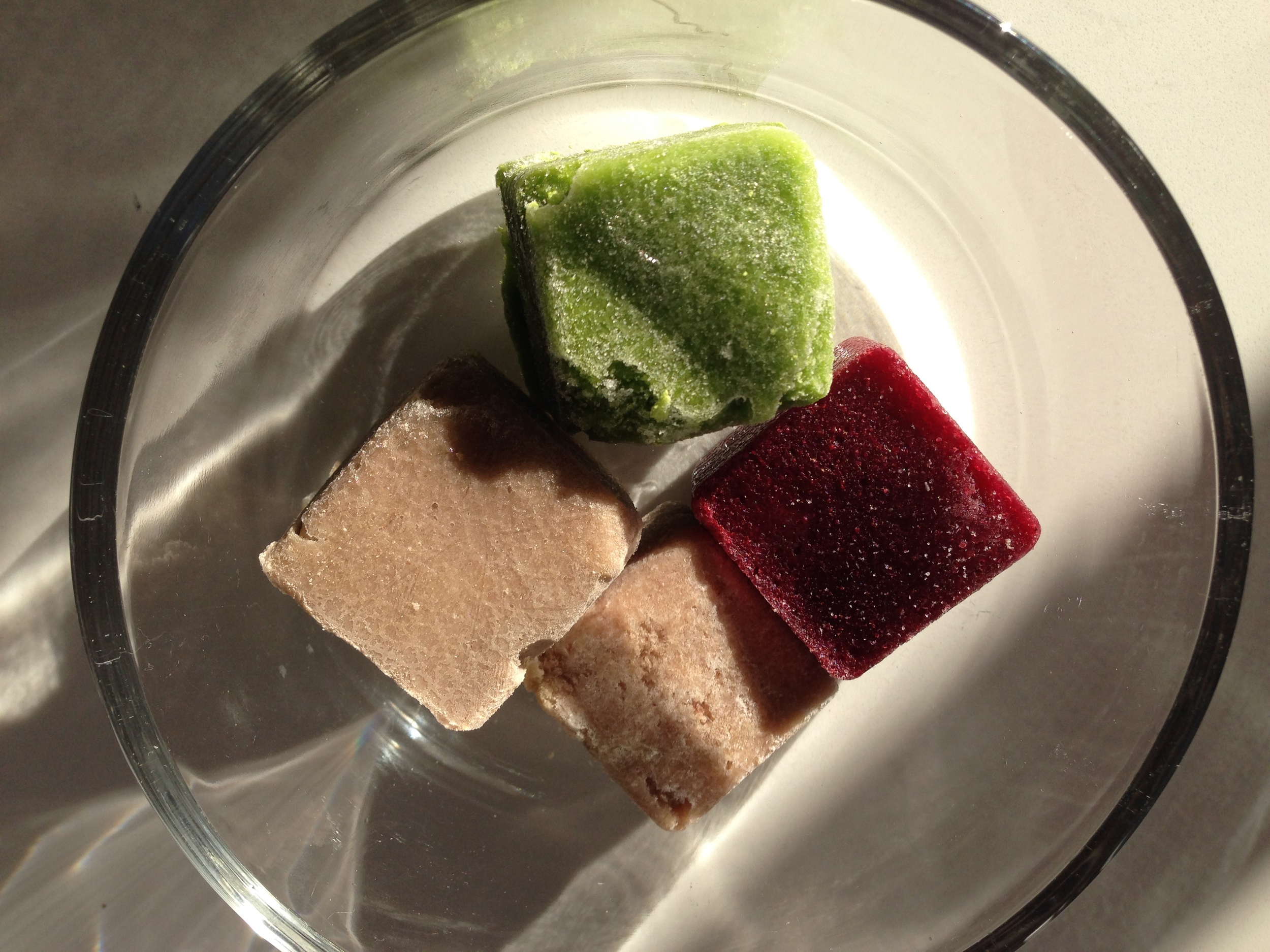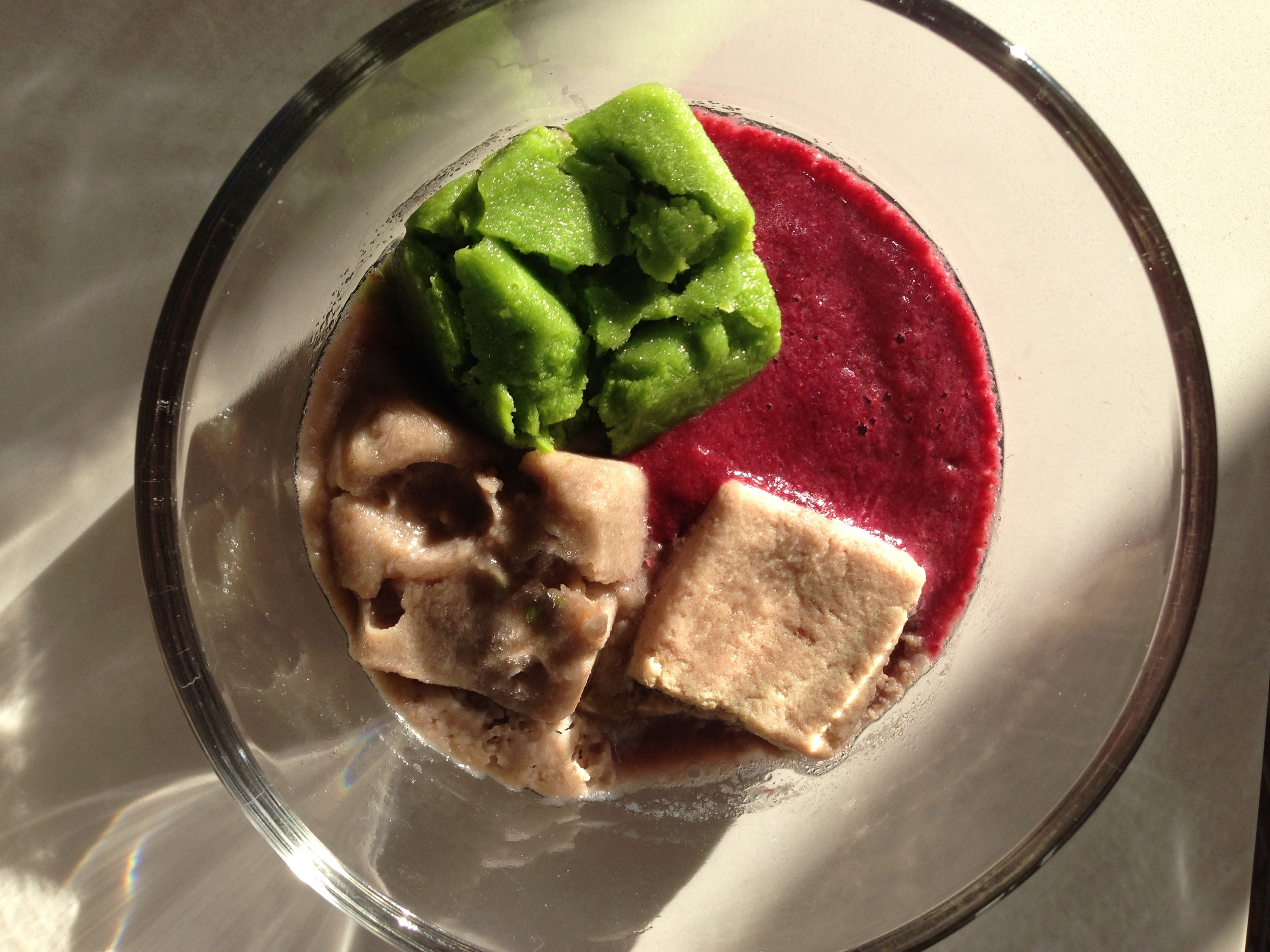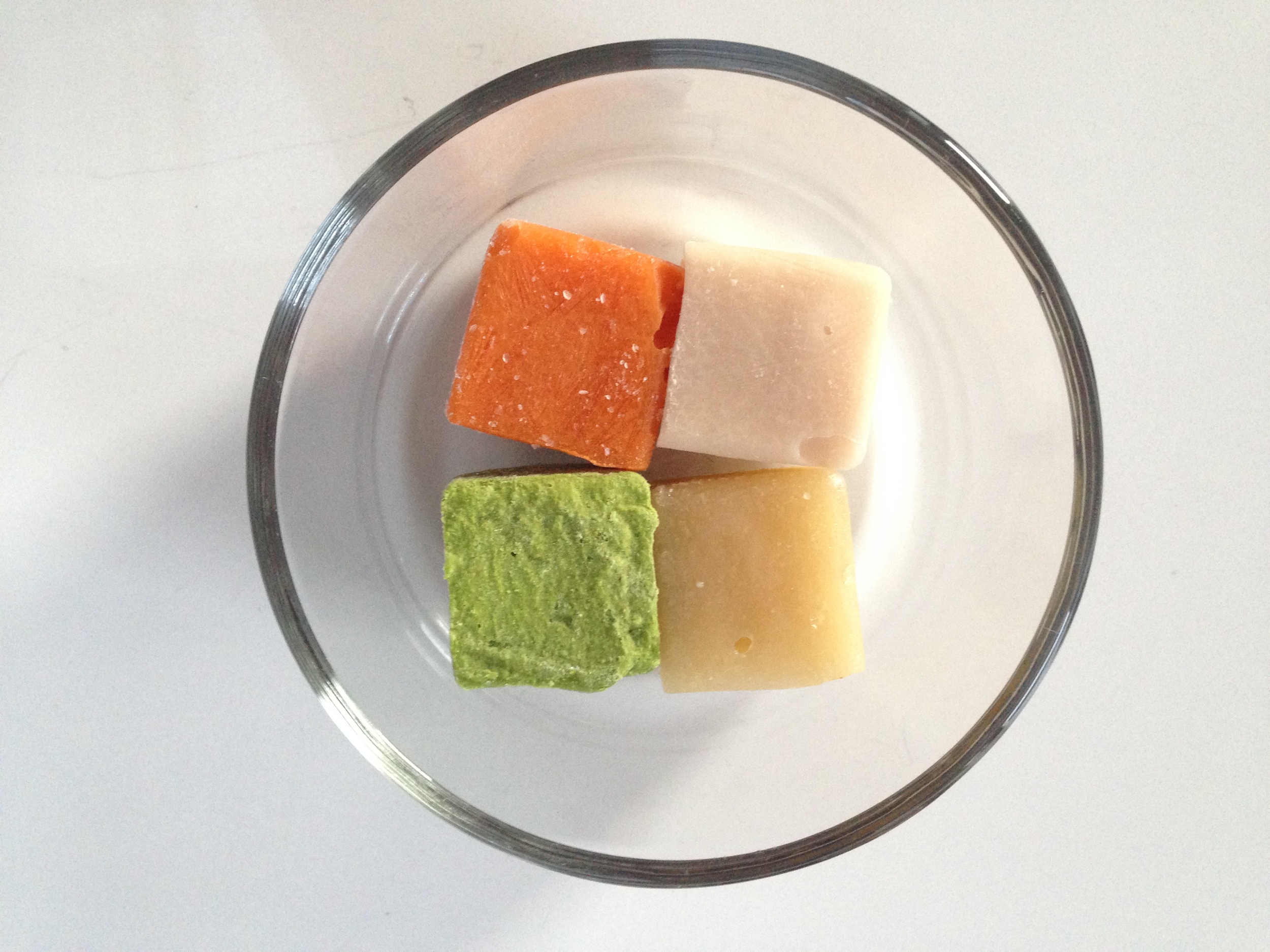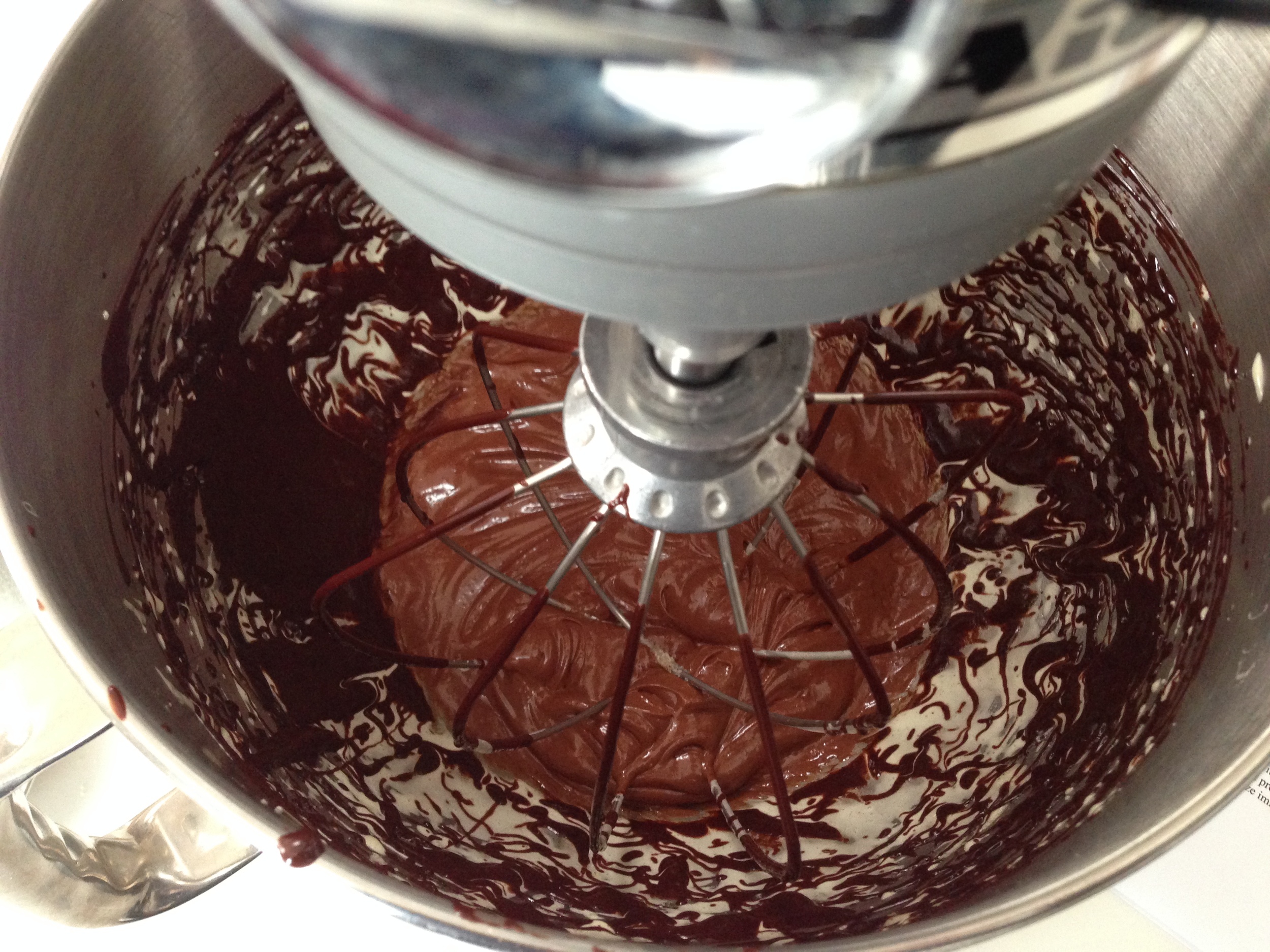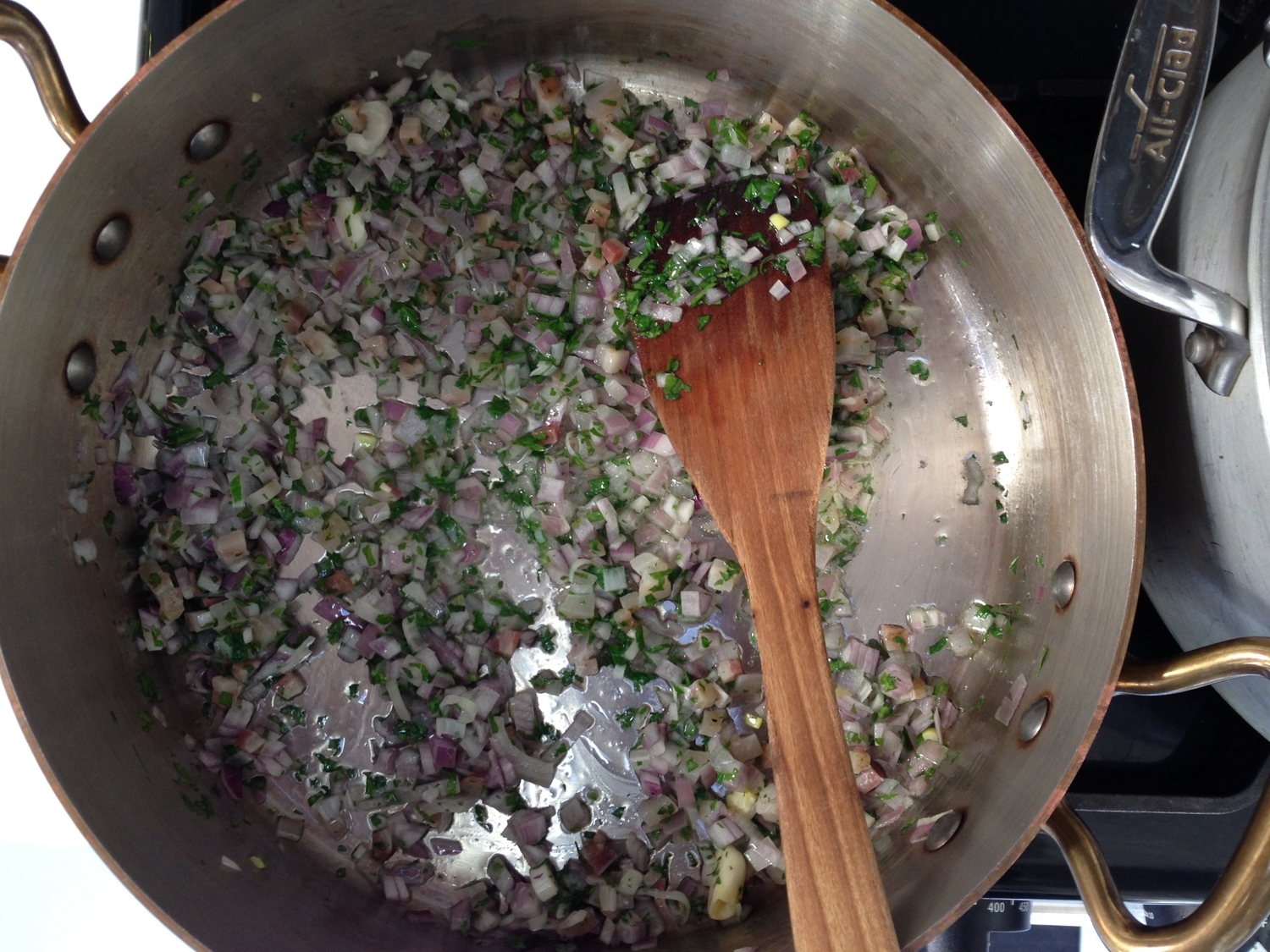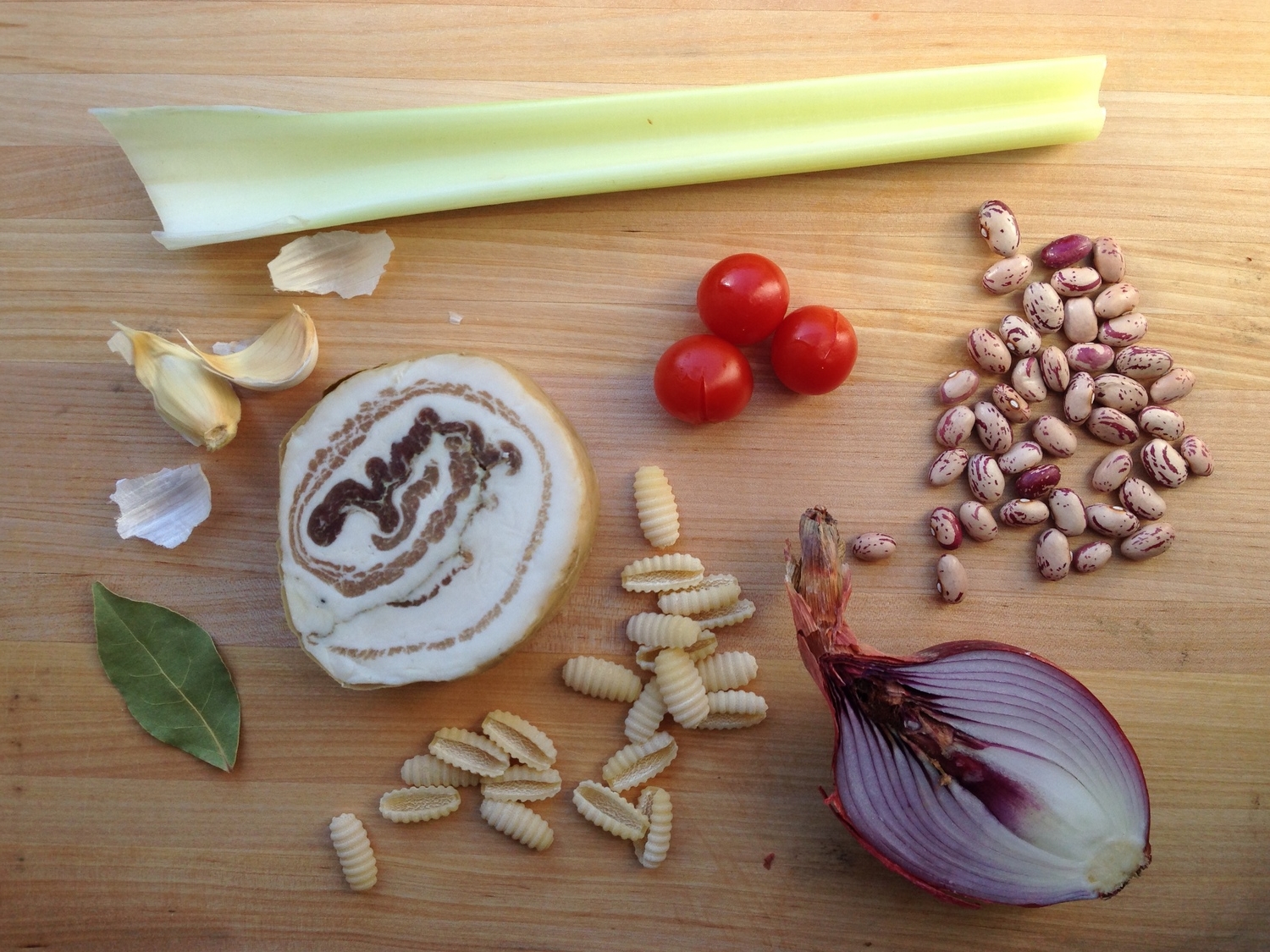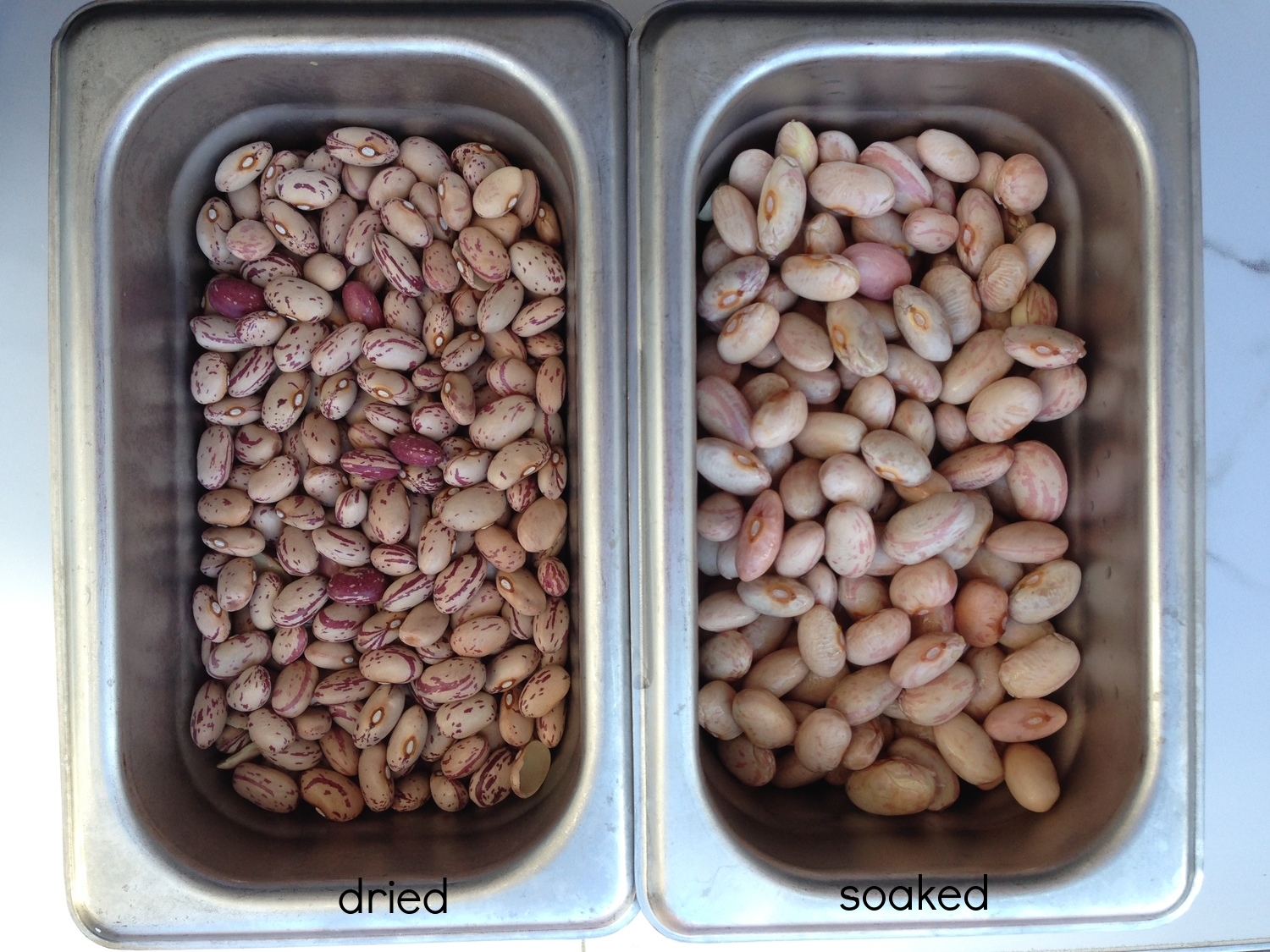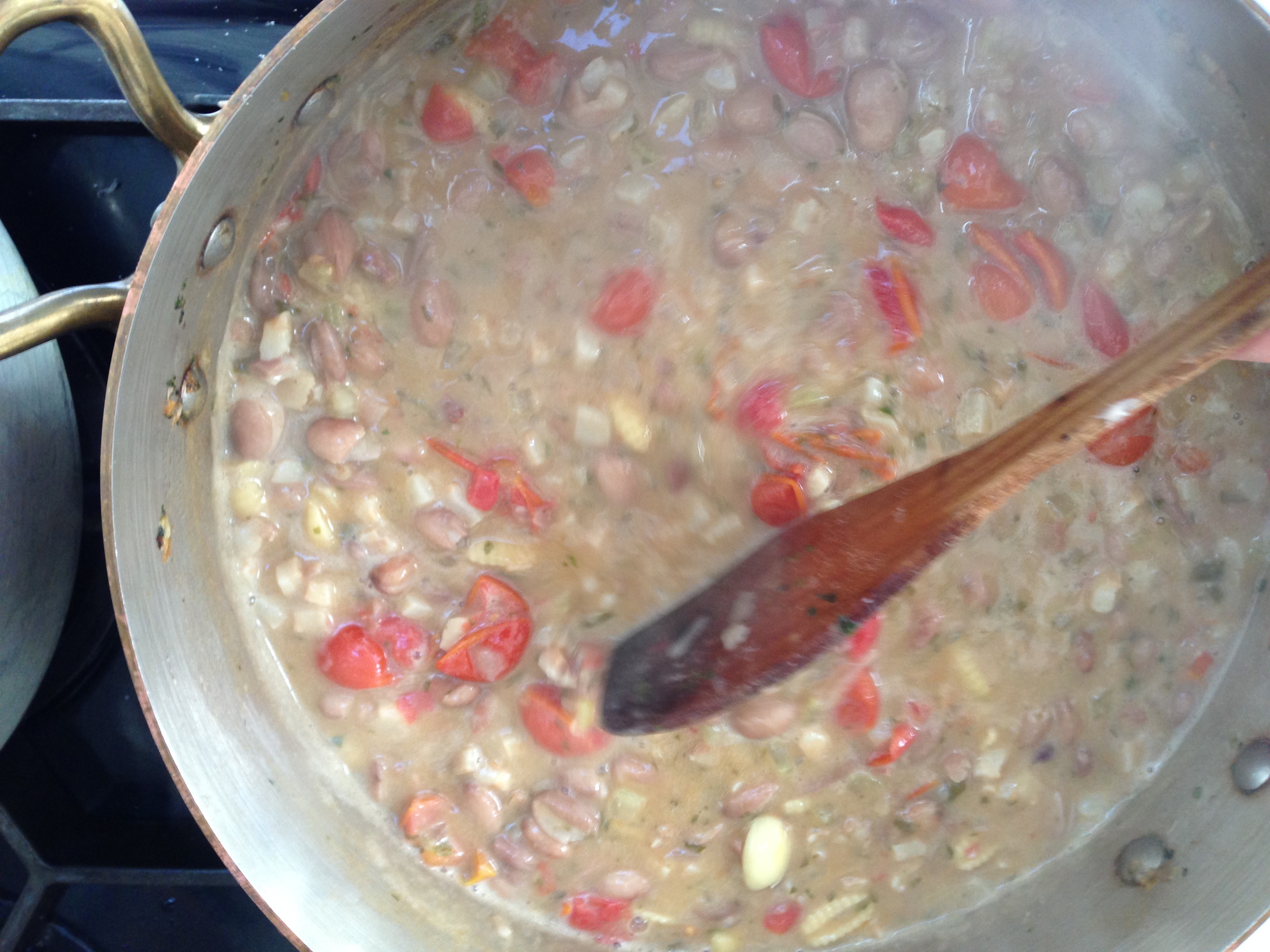I wrote an article for Food + City Magazine about shelf life and four companies who are using innovation to help solve our country’s massive food waste problem. For more, read here.
November 2018
By Jill Santopietro
The next time you purchase perfectly heart-shaped strawberries on the East Coast, consider this: They were probably picked and packed into their plastic clamshells on a Central Valley farm in California between five and eight days ago.
They could have been harvested on a balmy 70-degree morning or in the 95-degree heat of mid-afternoon. Perhaps they sat in the field for one hour — or four. Maybe the pallets took five days to cross the country in a temperature-controlled trailer, or maybe the trailer refrigerator broke down halfway through the journey. Once at the store, the strawberries might have sat on the shelf for a day, or a few more. “Many things can impact shelf life,” says Kevin Payne, vice president of marketing at Zest Labs, a San Jose-based tech company trying to take the mystery out of produce shelf life. “But you can’t see those until the very end,” when 24 hours later, your picture-perfect ruby strawberries morph into camo-green fuzz balls.
Six dollars wasted. Dreams of strawberry shortcake vanished.
And now you can add that pound of trashed berries to the 400 pounds of food you personally waste each year. According to the Natural Resources Defense Council (NRDC), 40 percent of food produced for human consumption in the United States goes uneaten. Just one-third of that wasted food could feed the 48 million Americans living in food-insecure households.
Wasted food is bad for humanity, but experts believe it could be even worse for the earth. Food waste is responsible for 16 percent of our country’s methane emissions — the pollution equivalent of driving 37 million cars per year. Growing, processing, transporting and disposing of food uses roughly 10 percent of the U.S.’ energy budget, 50 percent of our land and 80 percent of our fresh water consumption. So, when you figure 40 percent of that goes unused, that’s a lot of unnecessary pollution accelerating climate change.
In the developing world, most food waste occurs in the field or in transit due to poor infrastructure or lack of refrigeration. But in the U.S. and the rest of the developed world, the majority of food is wasted on the farm, at the supermarket and at home.
The food industry had mostly resigned itself to these inefficiencies. “The approach has been that waste is the cost of doing business,” Payne says. “And the solutions have historically been reactive.”
That’s all starting to change thanks to a shift in food culture, environmental awareness, technological advances and a host of entrepreneurs shaking up the industry through food-shelf-life innovations.
POLLUTING THE PLANET
Wasted food is bad for humanity, but experts believe it could be even worse for the earth. Food waste is responsible for 16 percent of our country’s methane emissions — the pollution equivalent of driving 37 million cars per year. Growing, processing, transporting and disposing food uses roughly 10 percent of the U.S.’s energy budget, 50 percent of our land and 80 percent of our fresh water consumption. So when you figure 40 percent of that goes unused, that’s a lot of unnecessary pollution accelerating global warming and climate change. (Read on here.)






